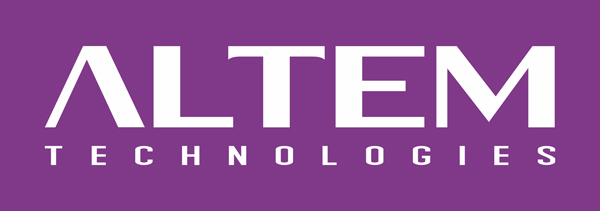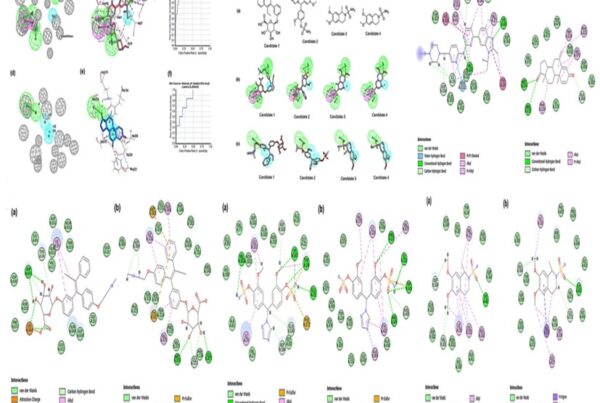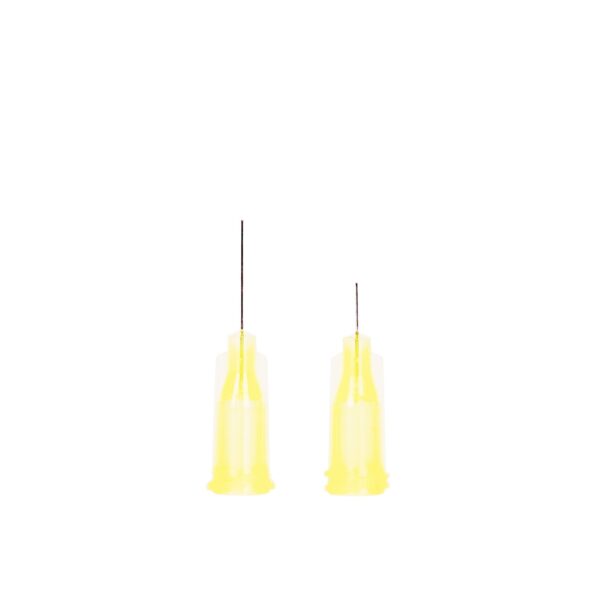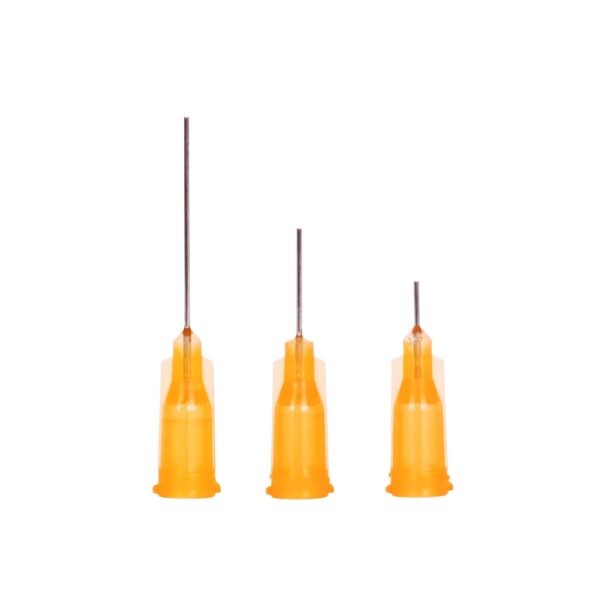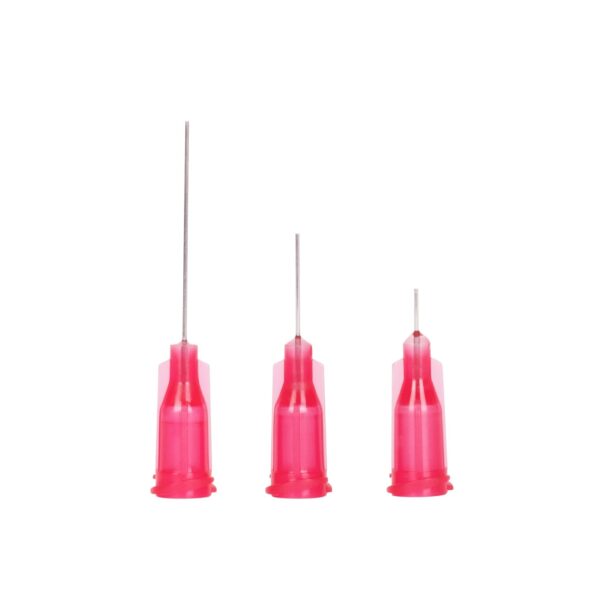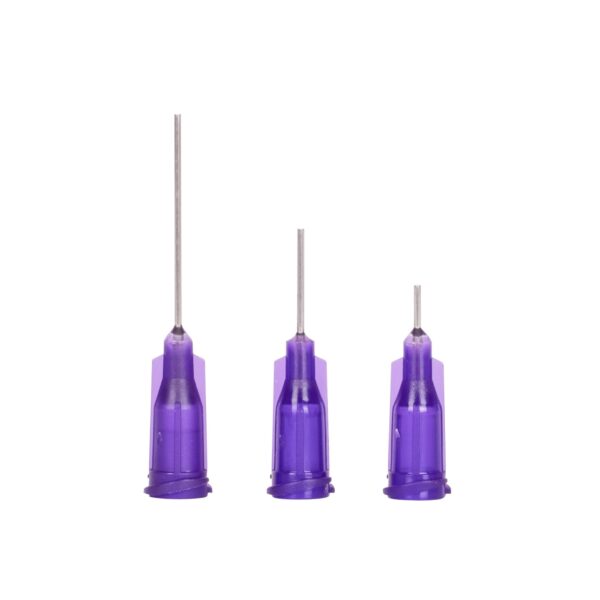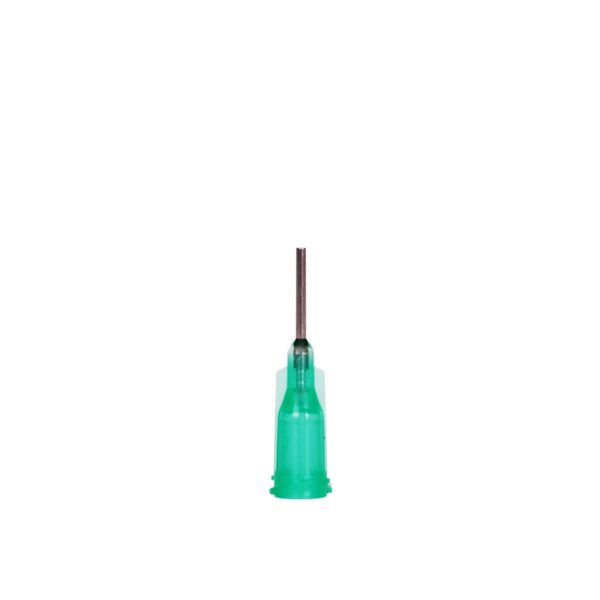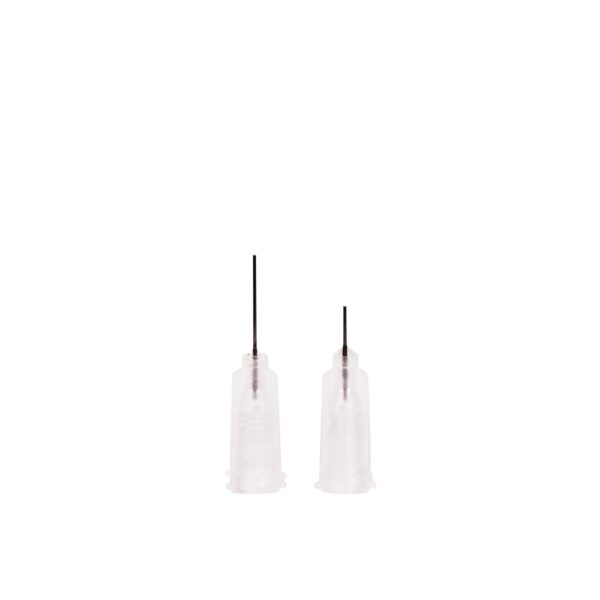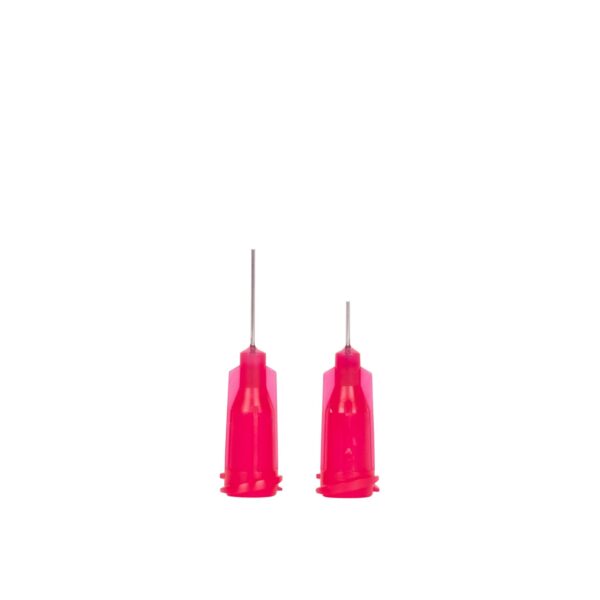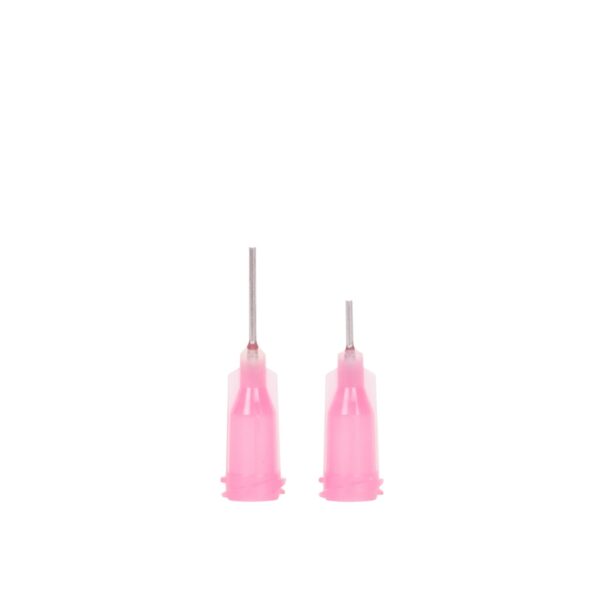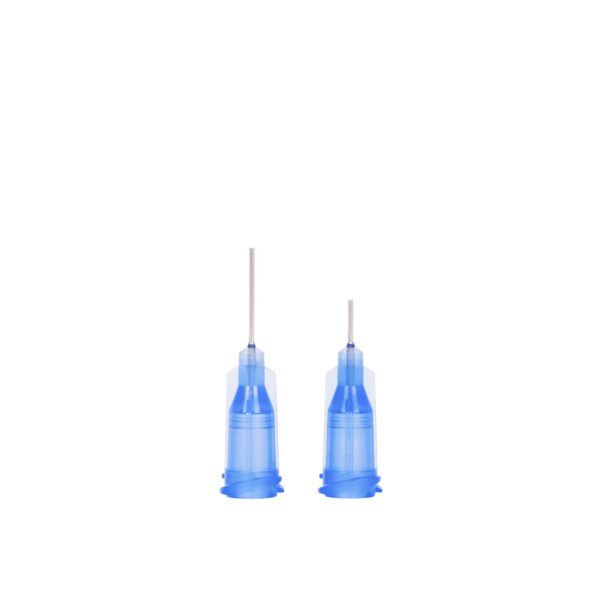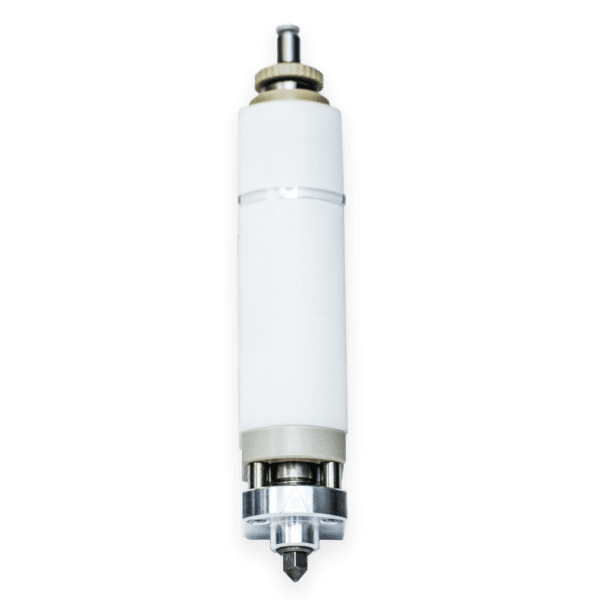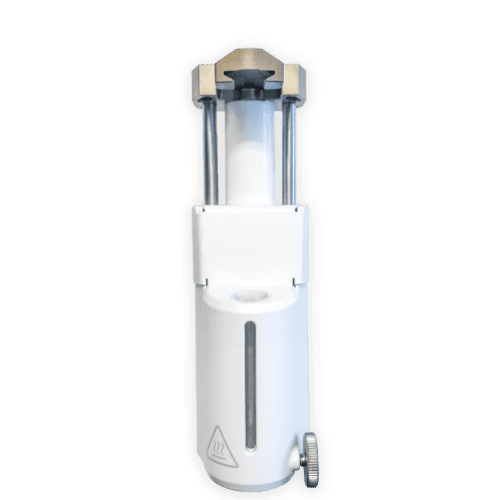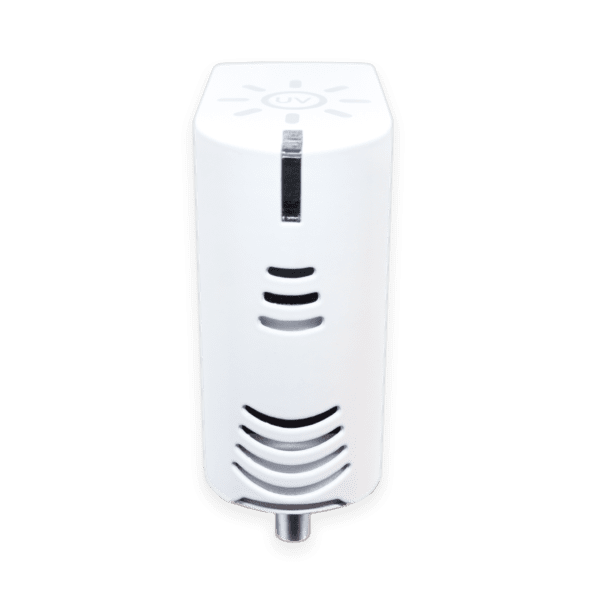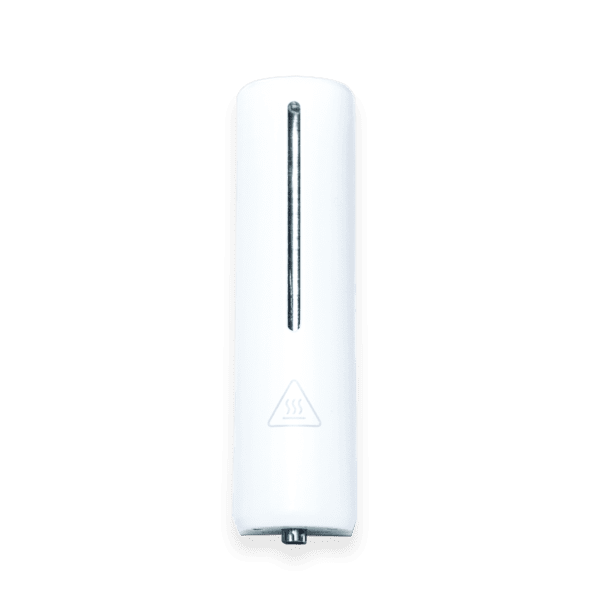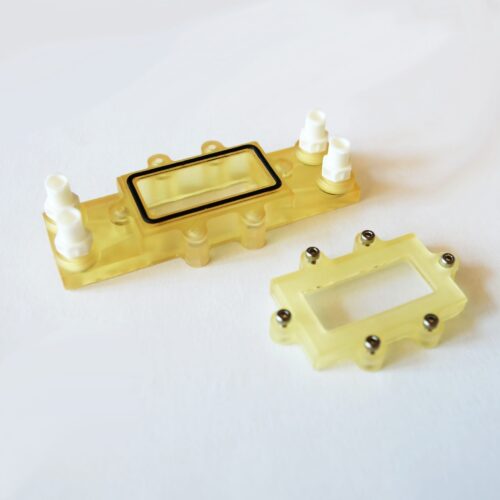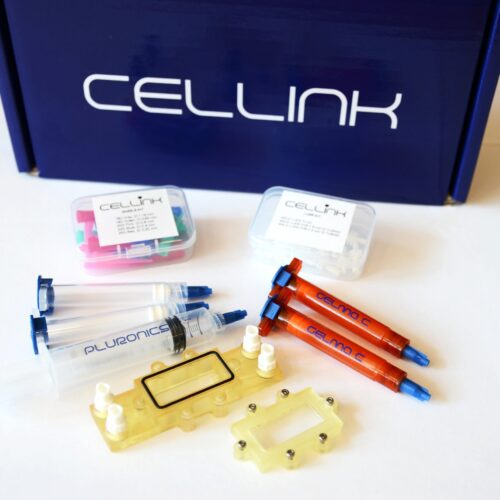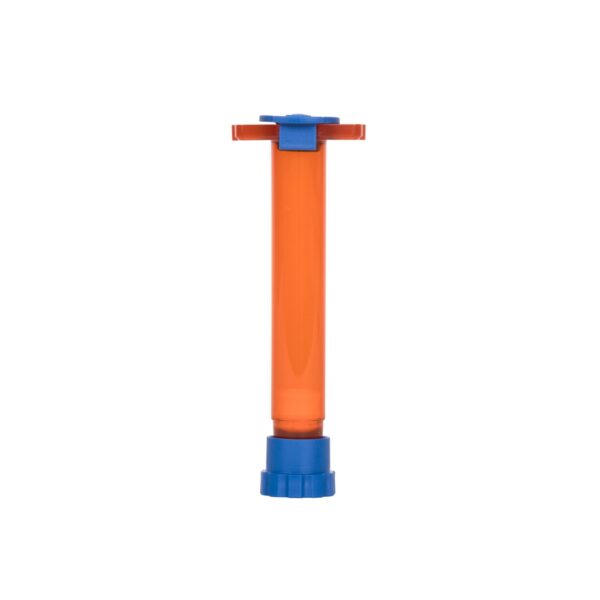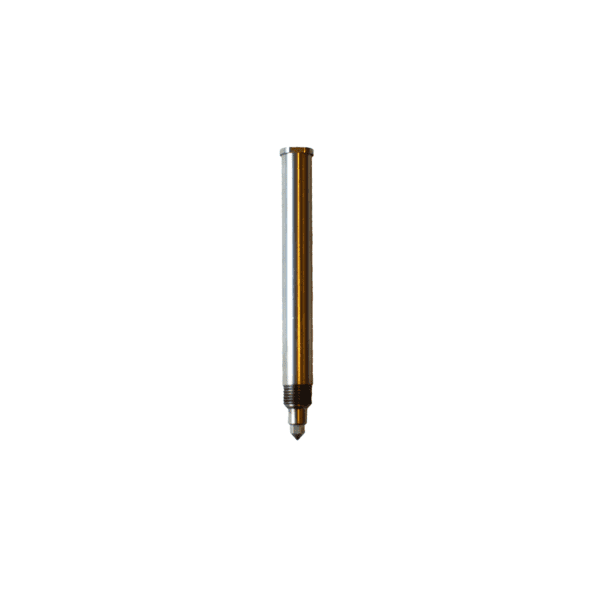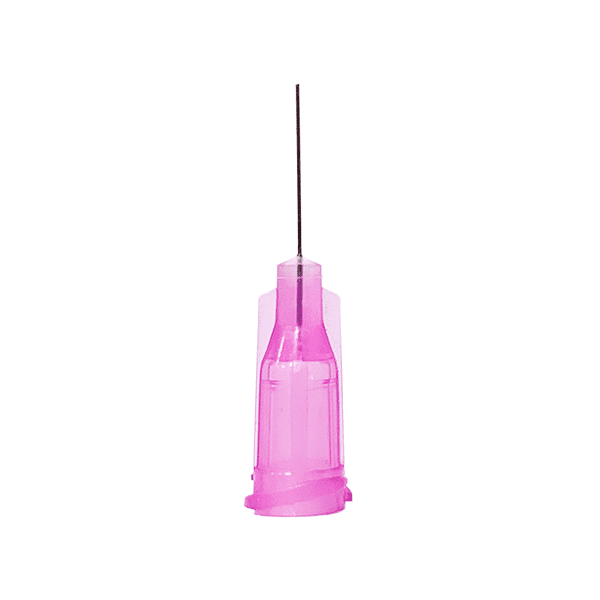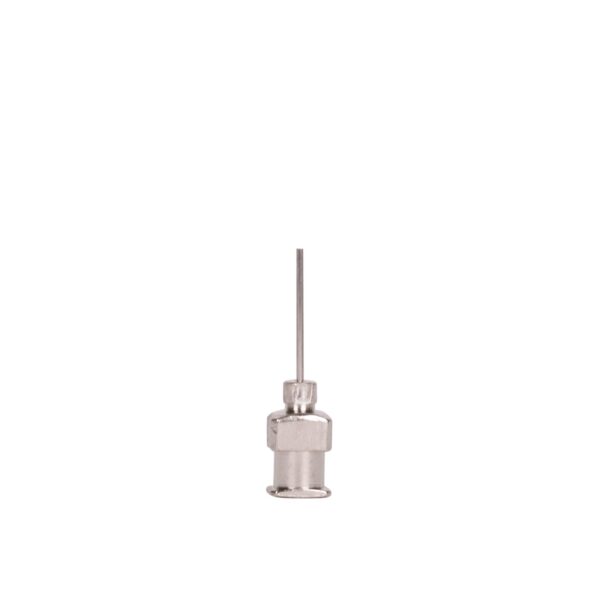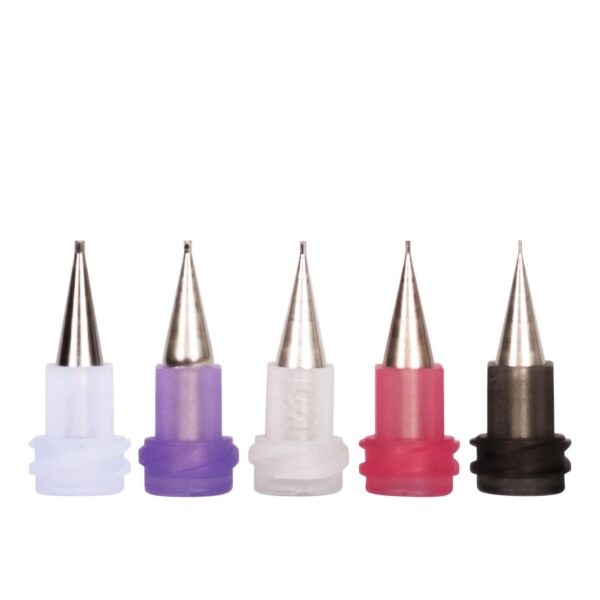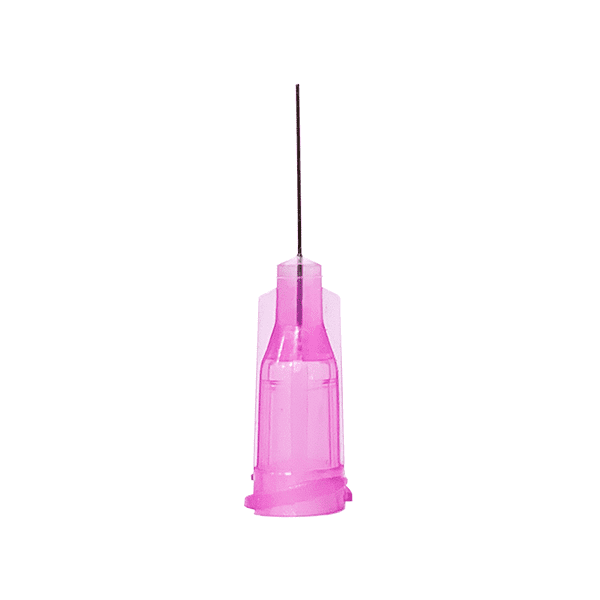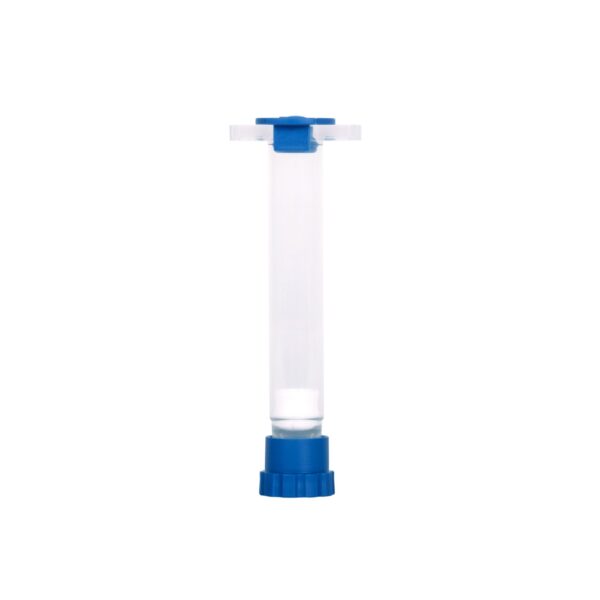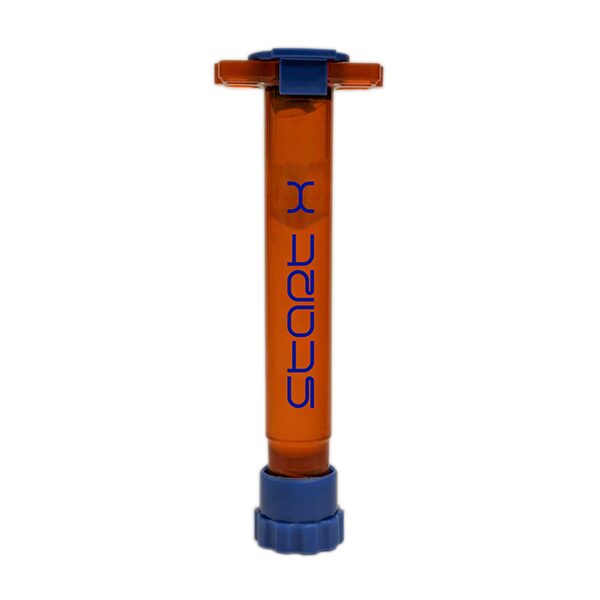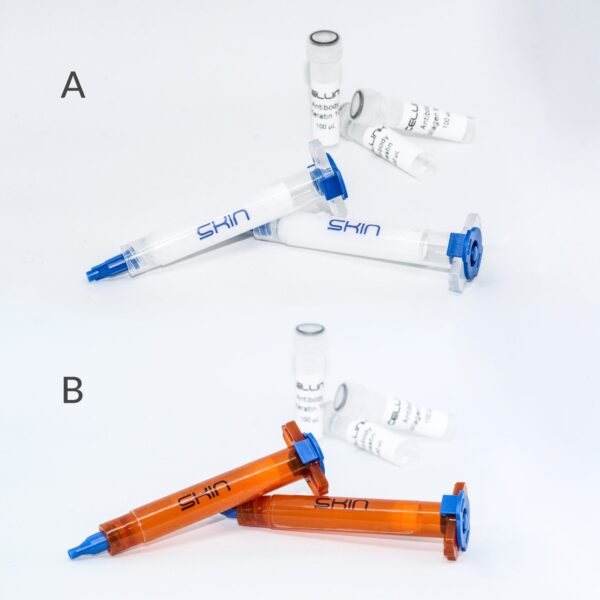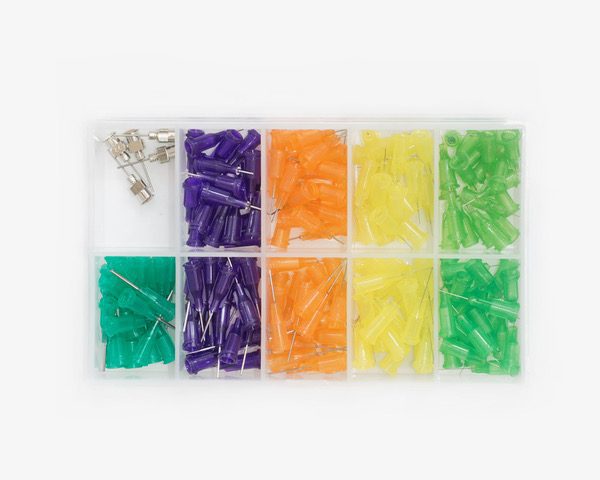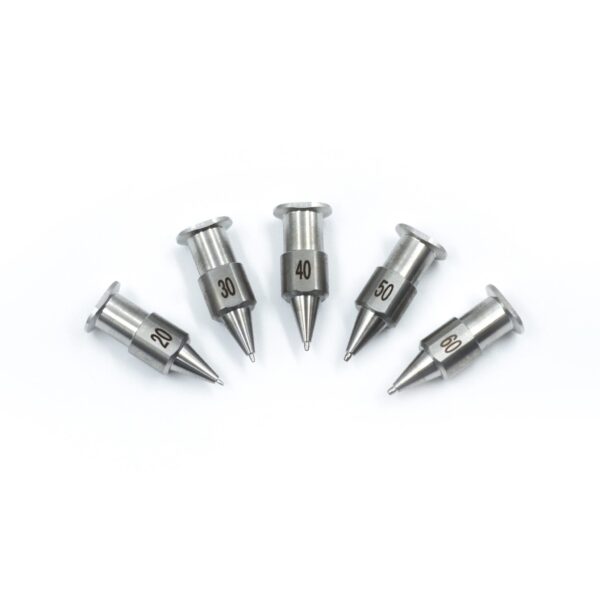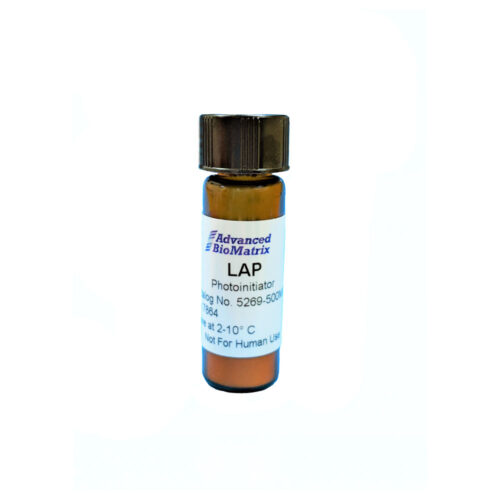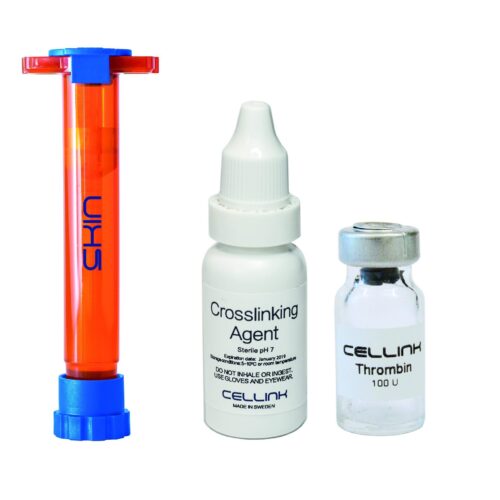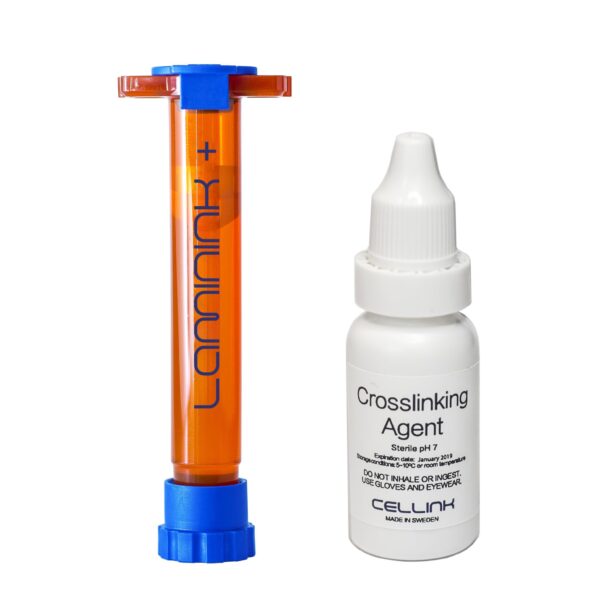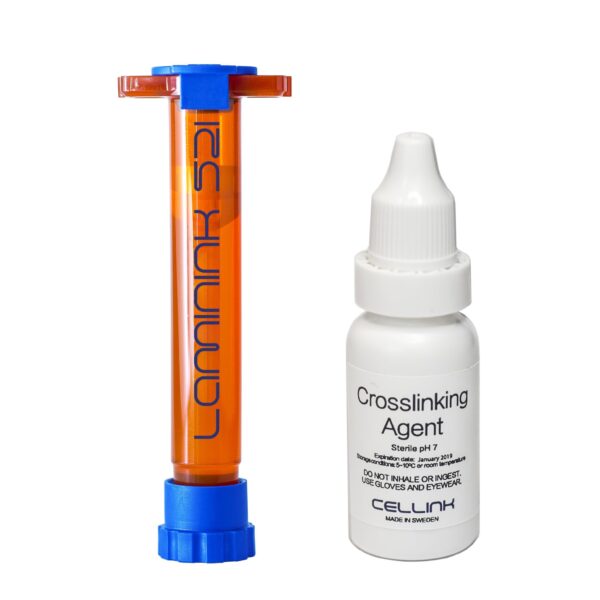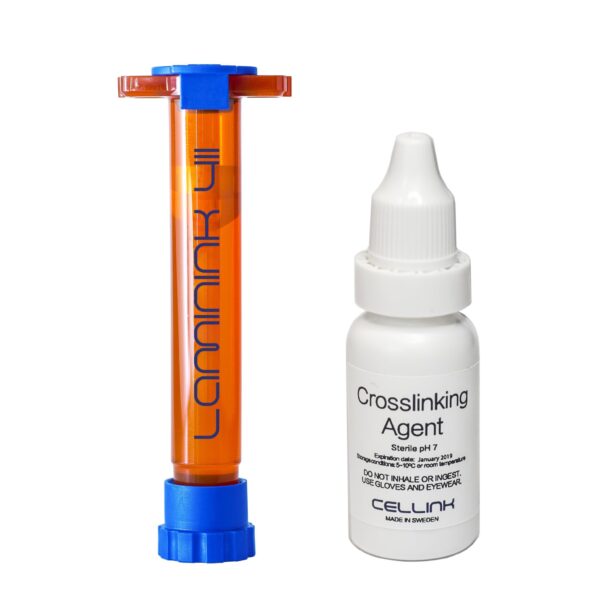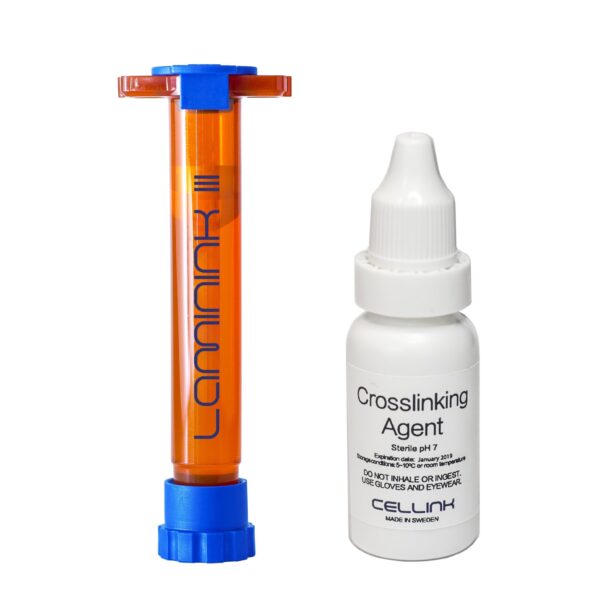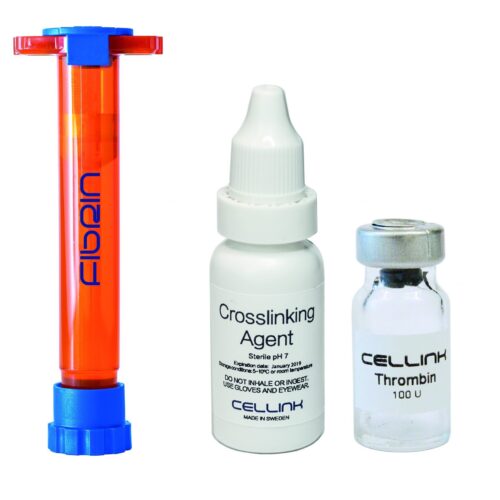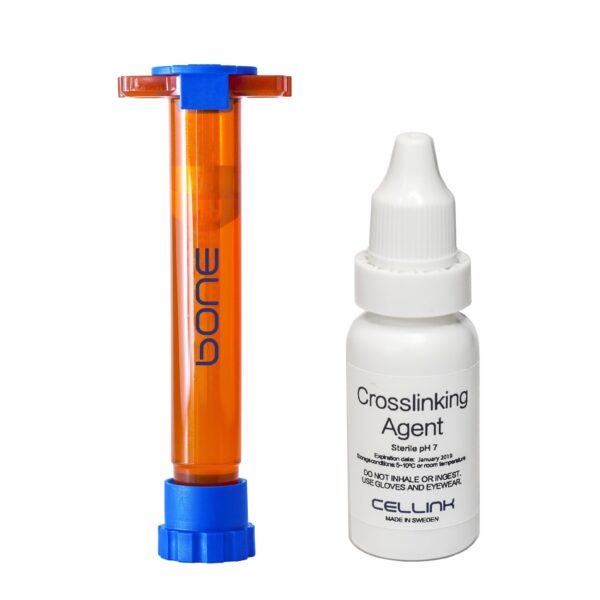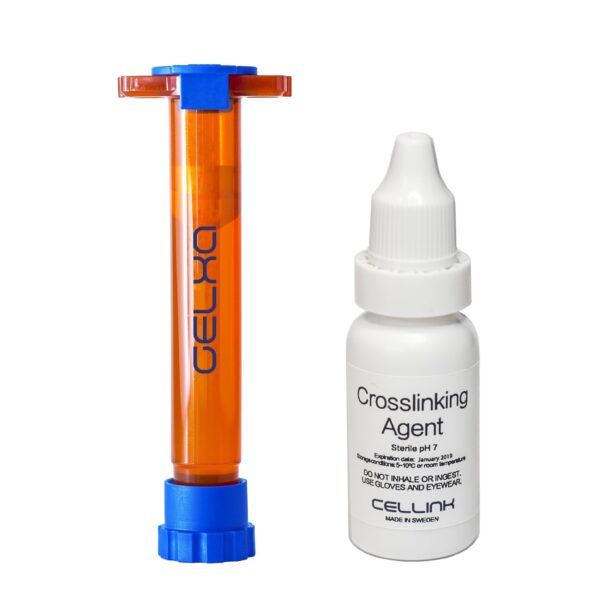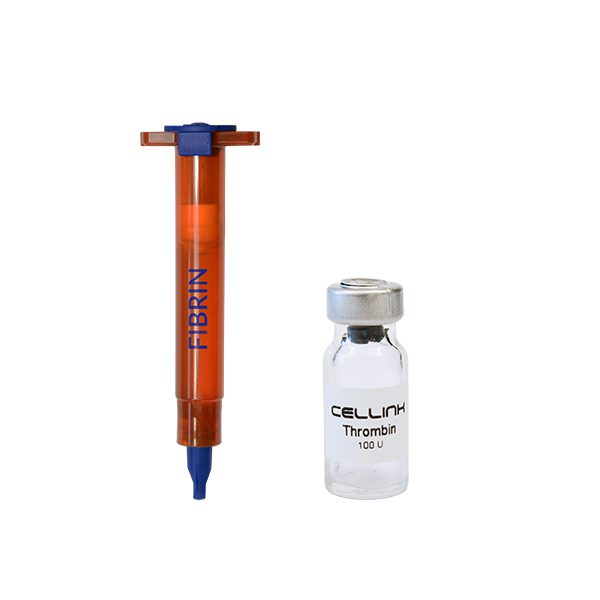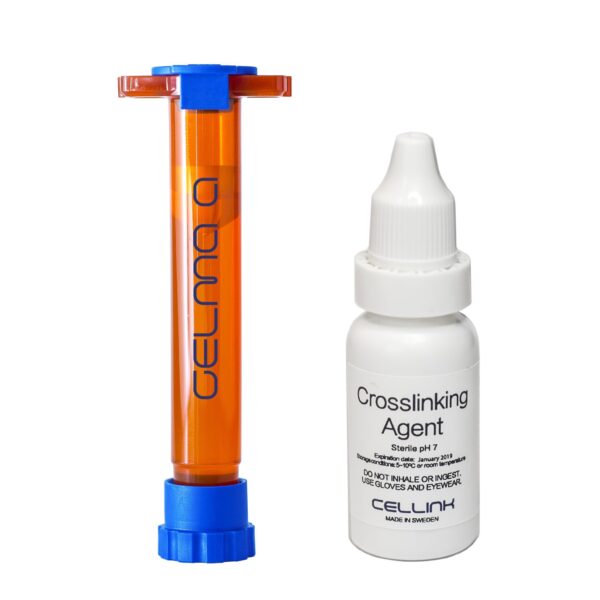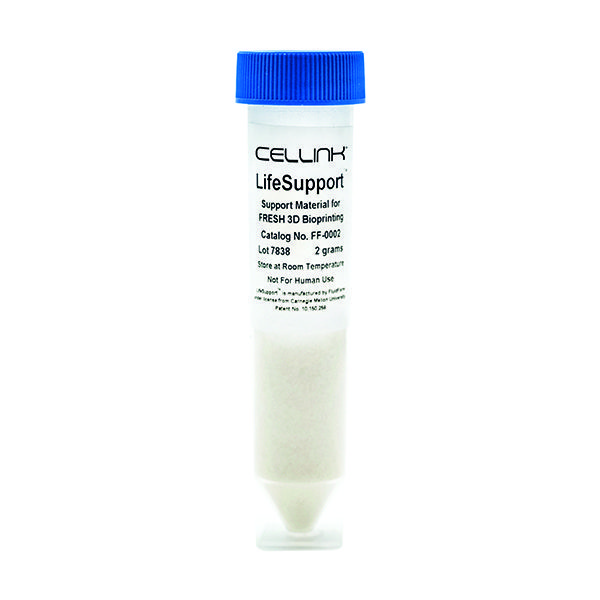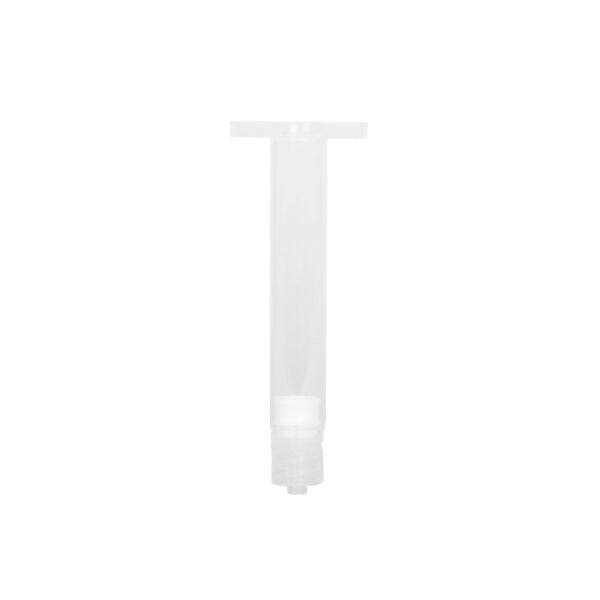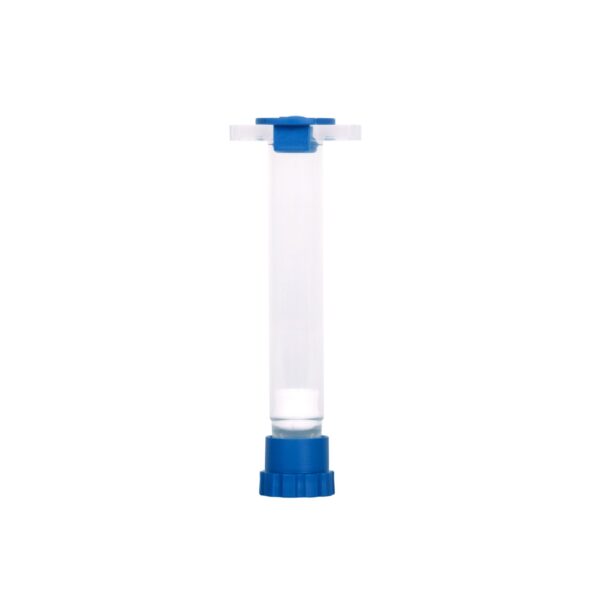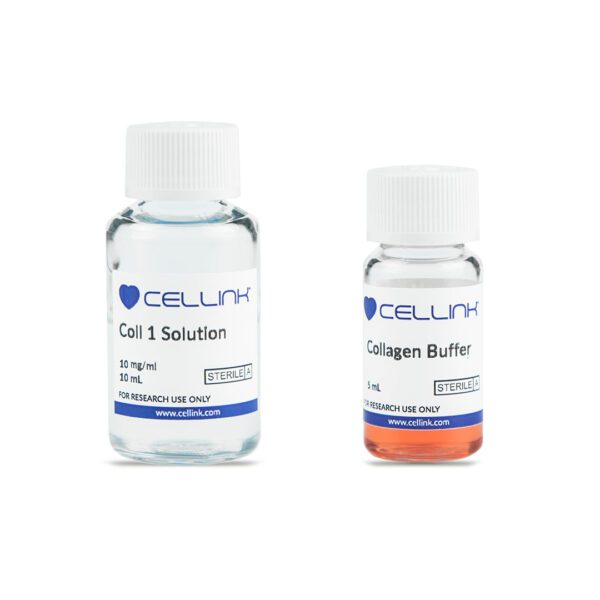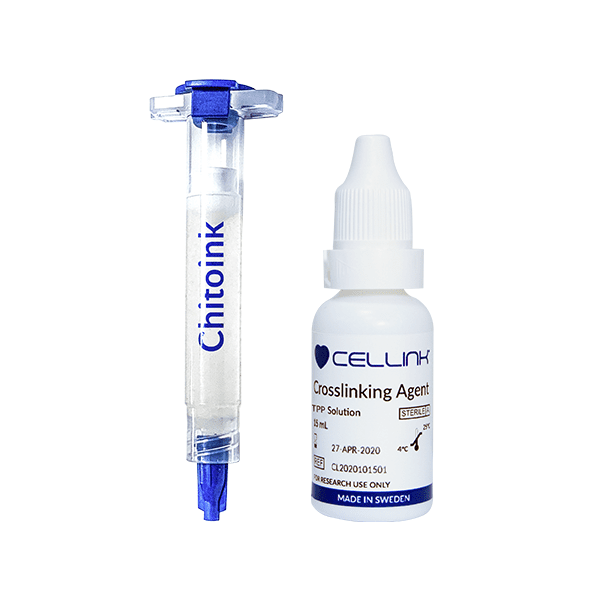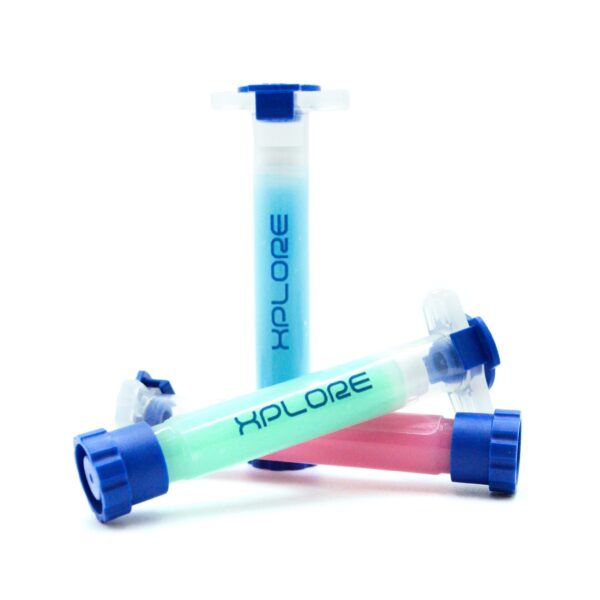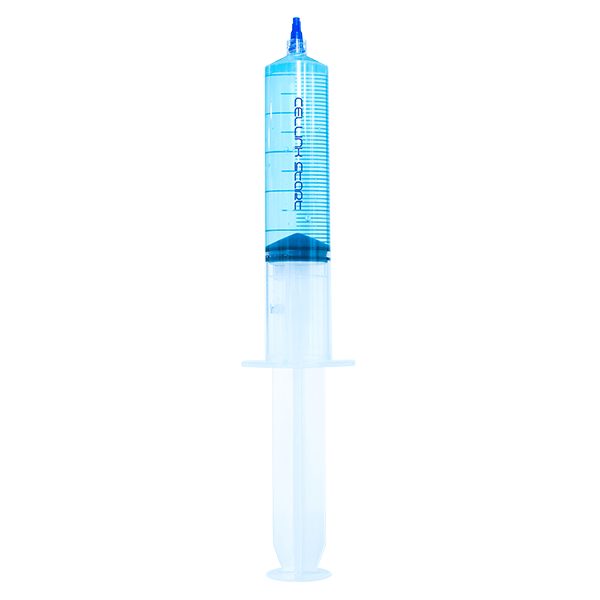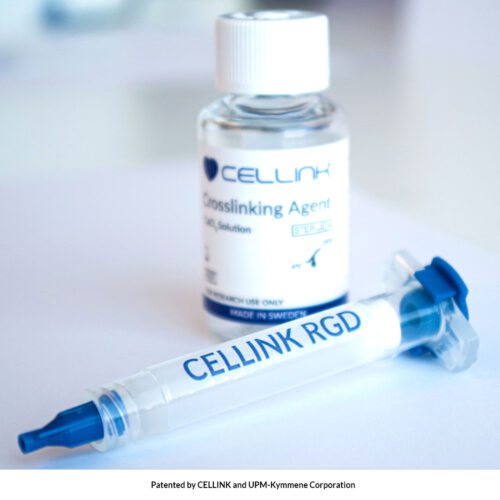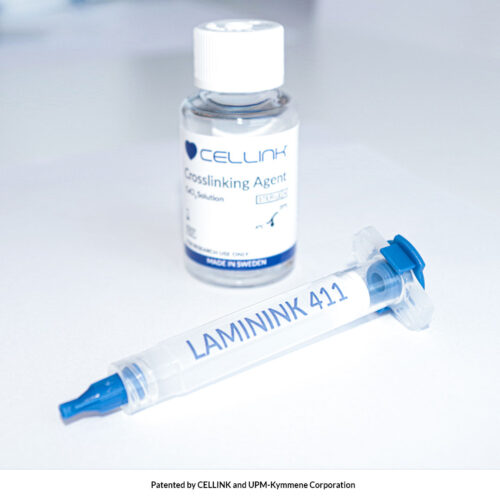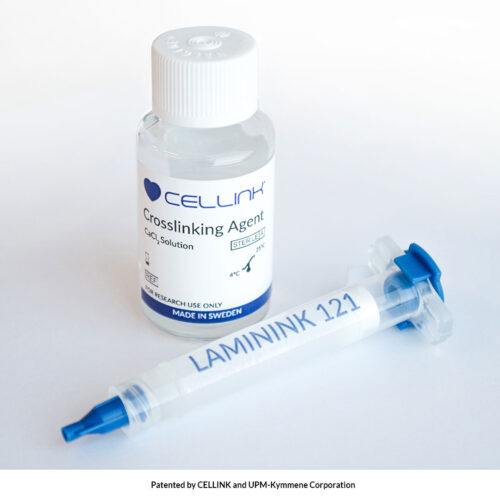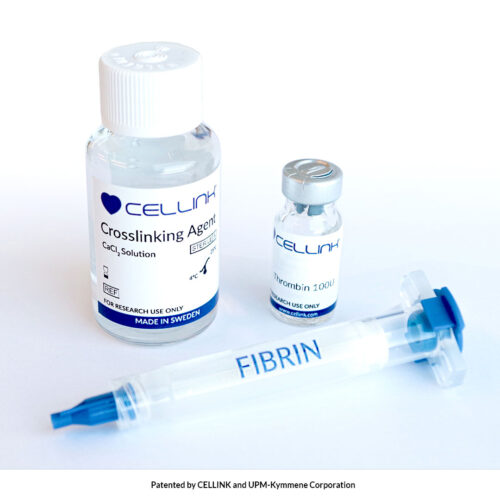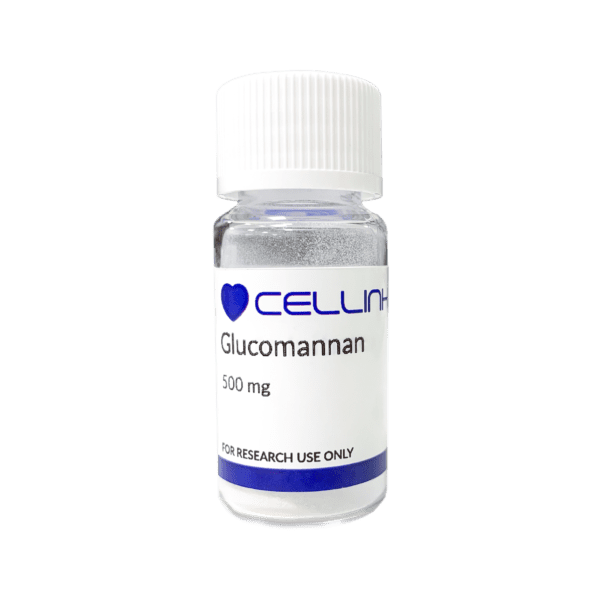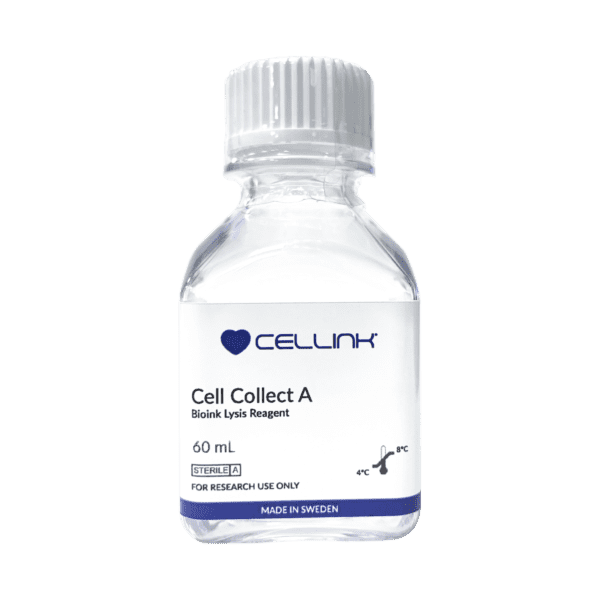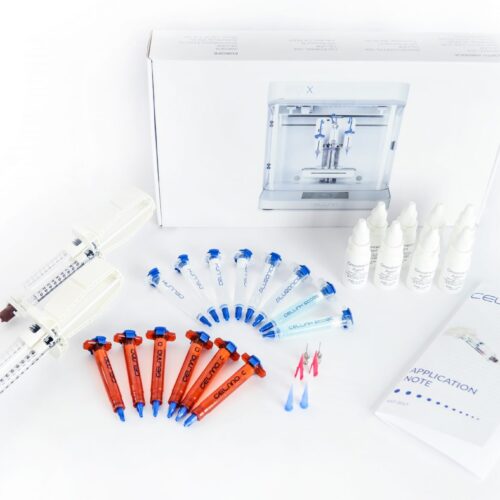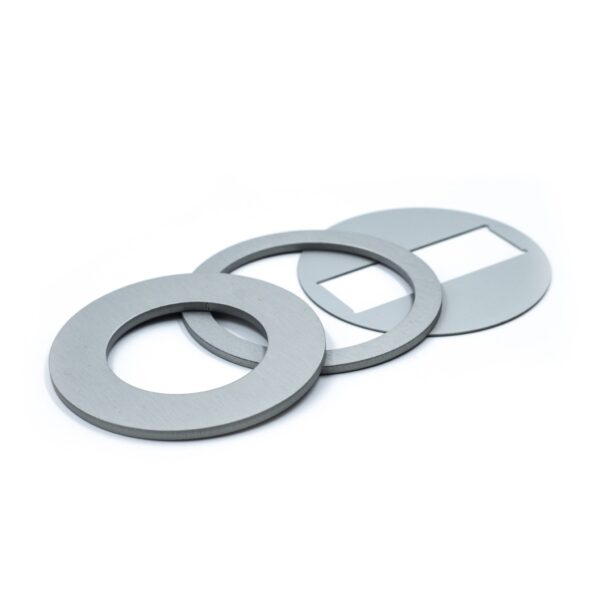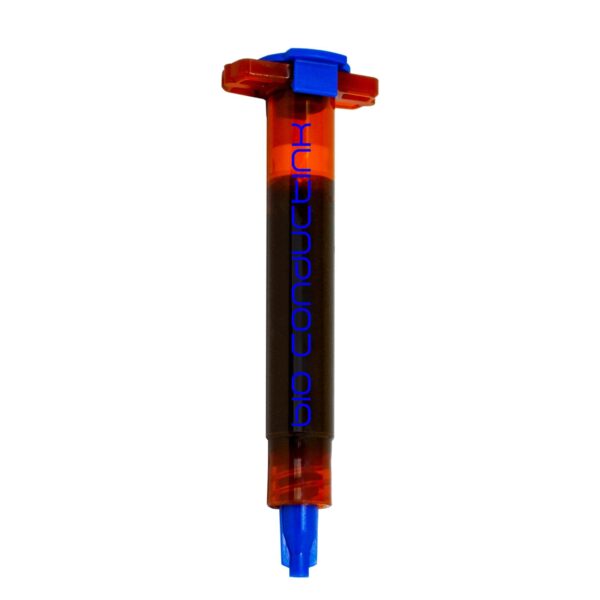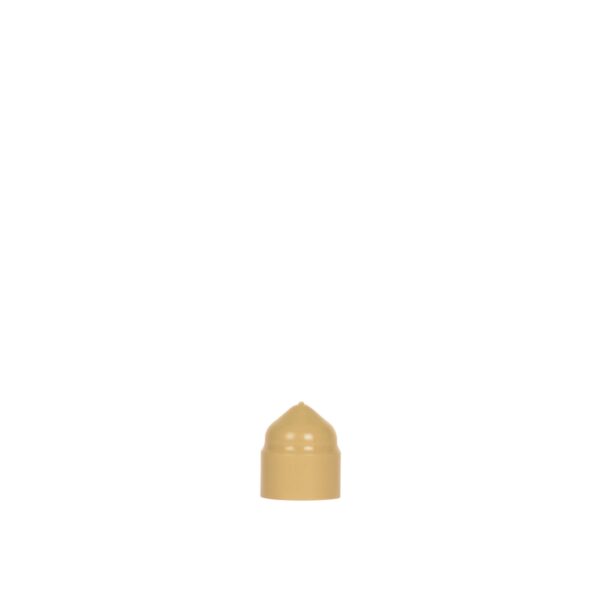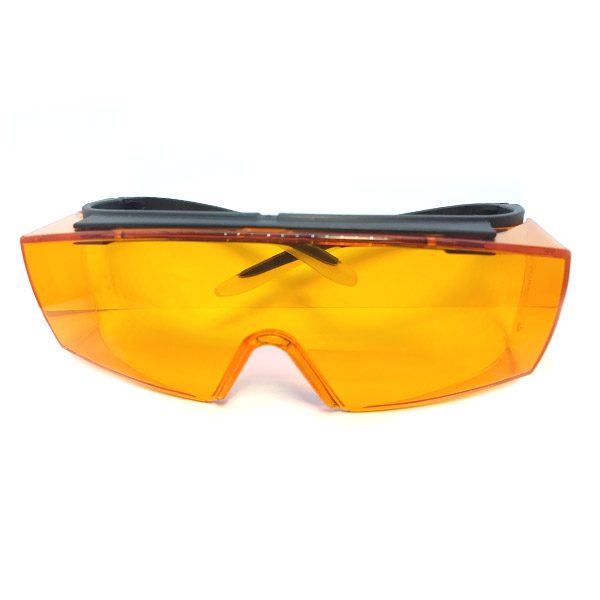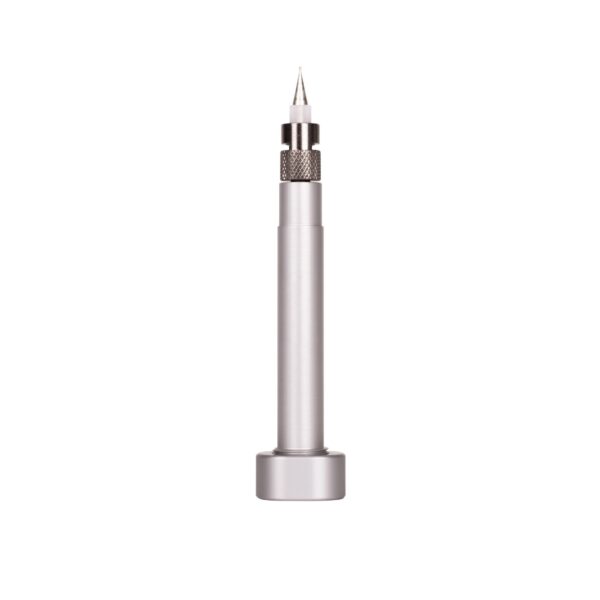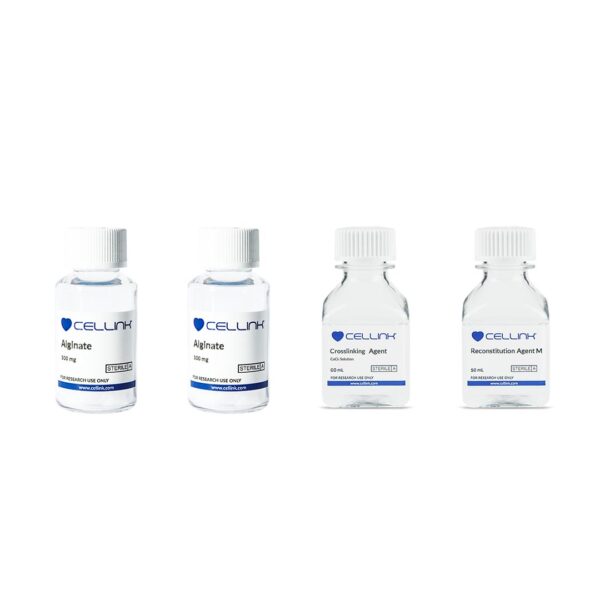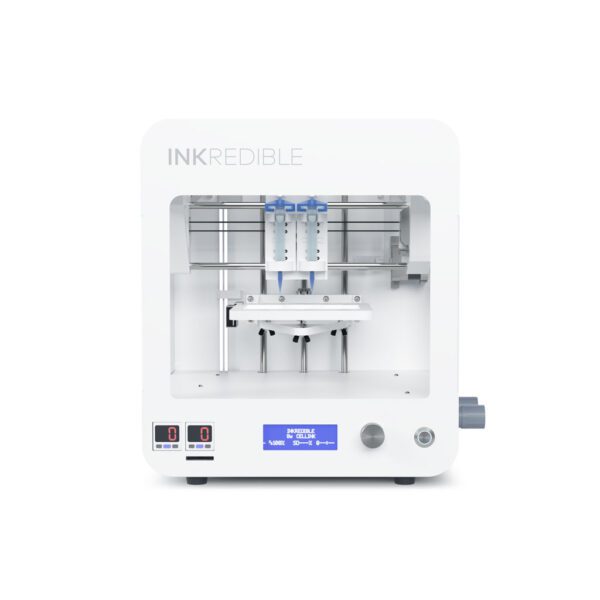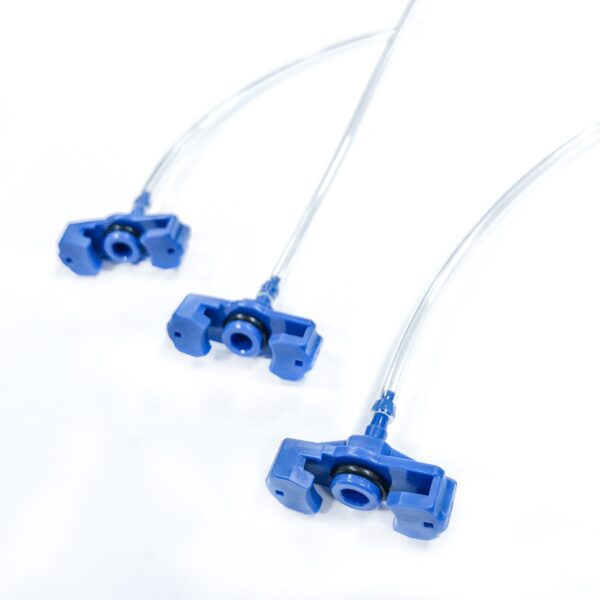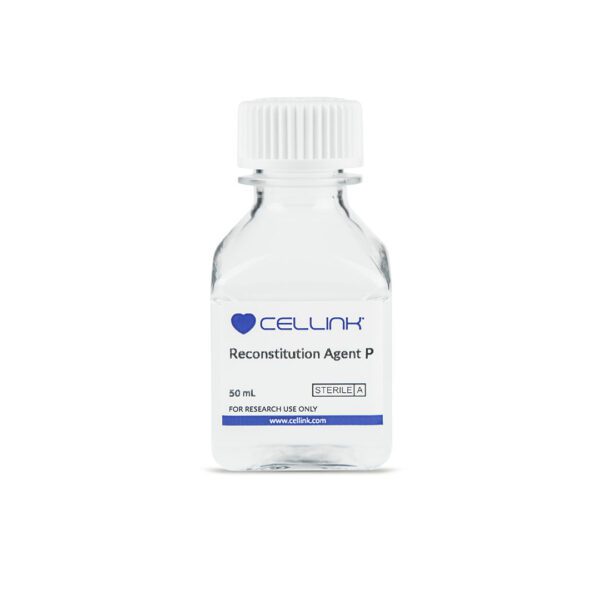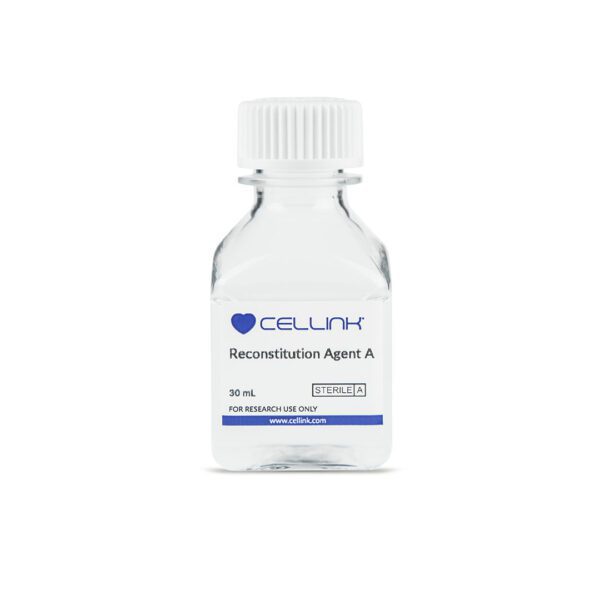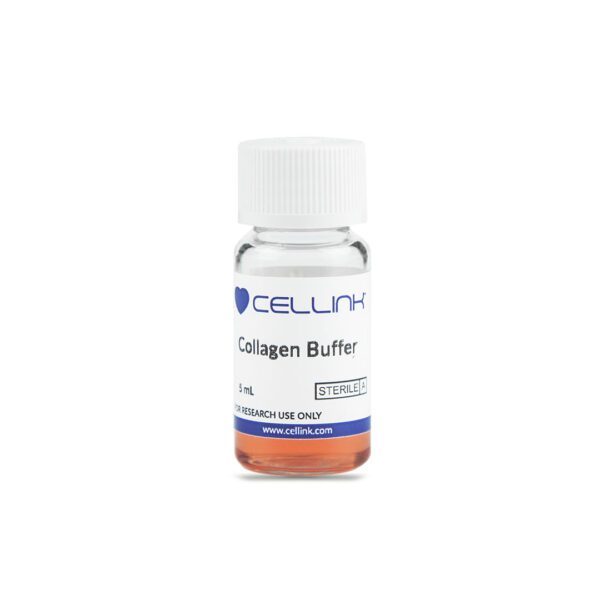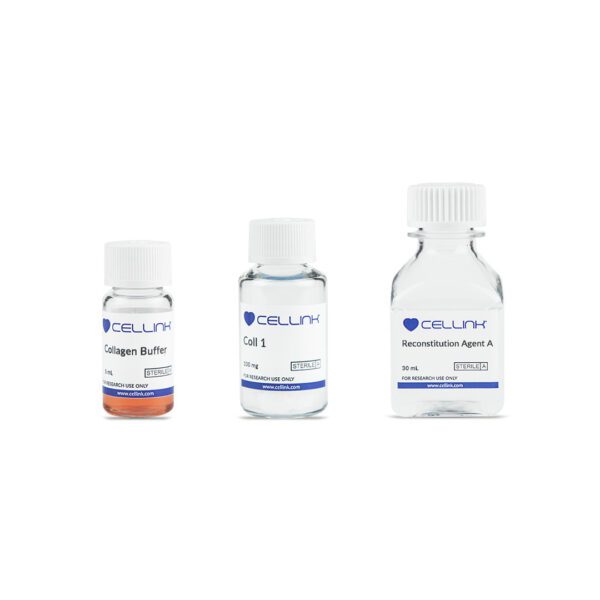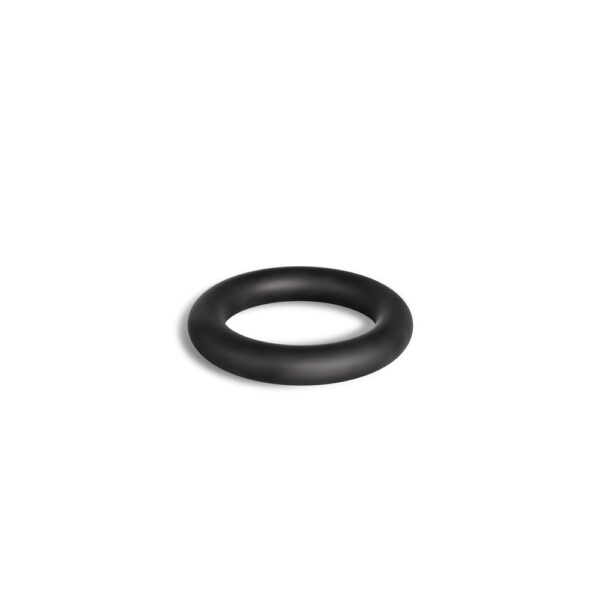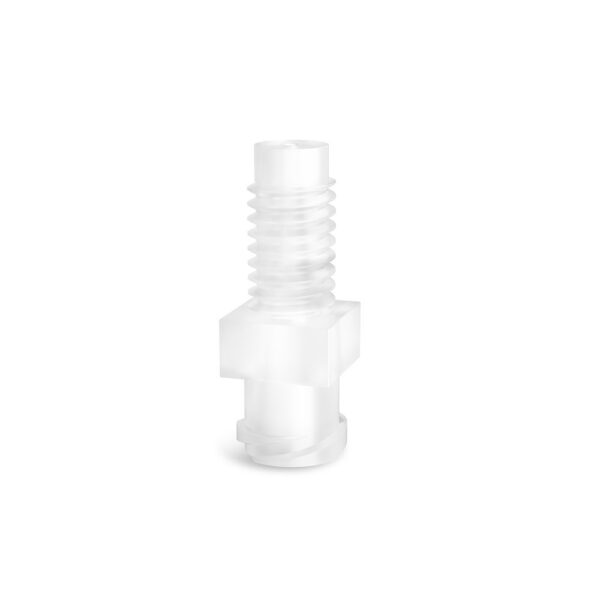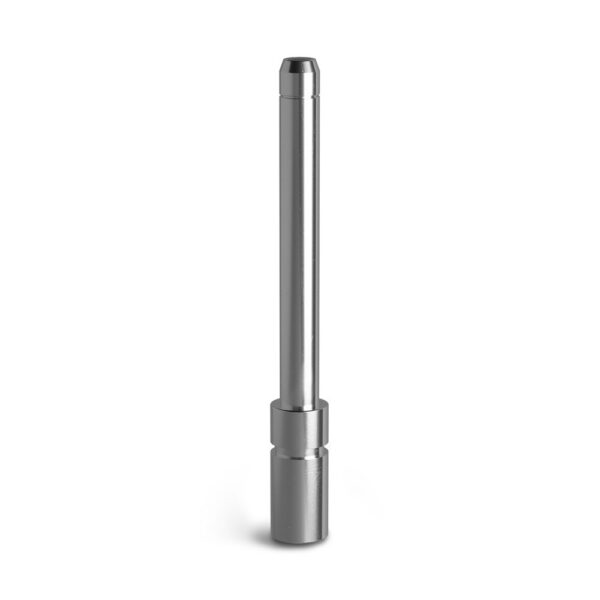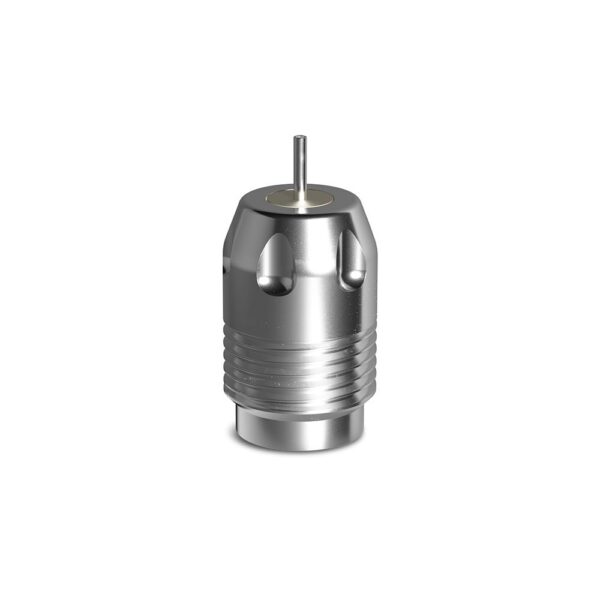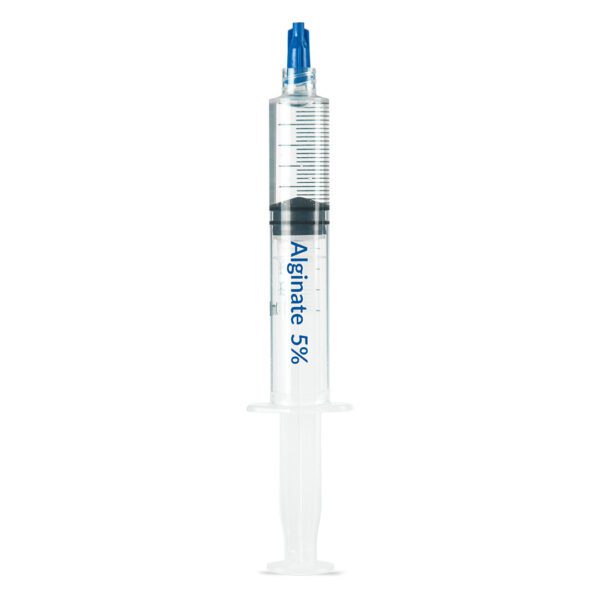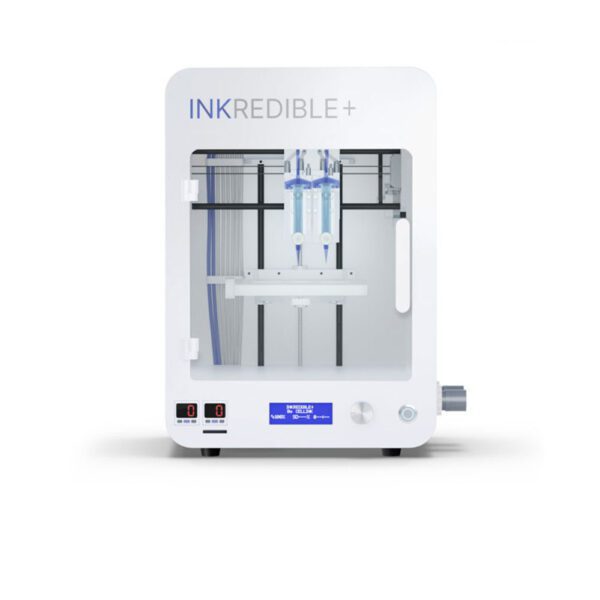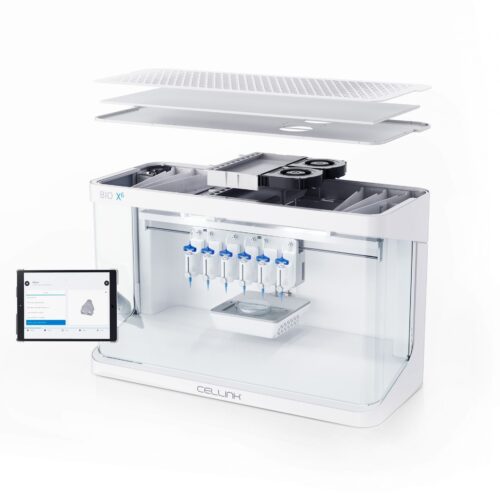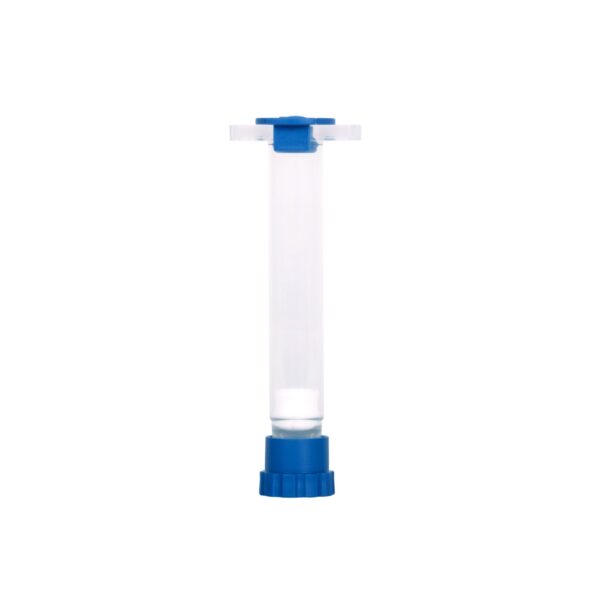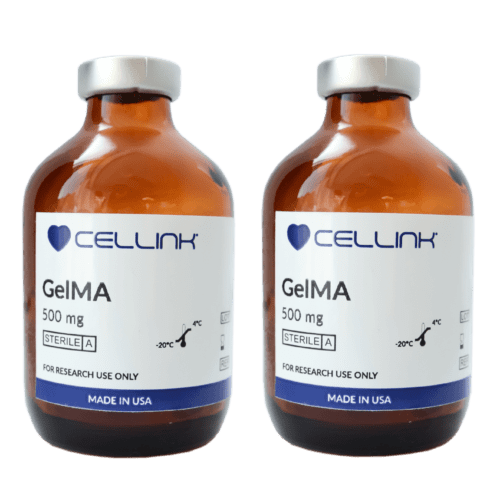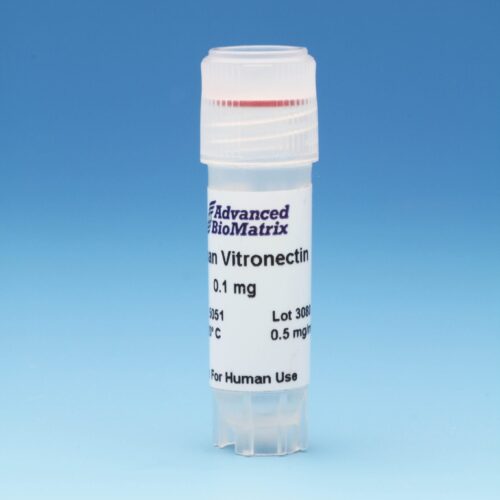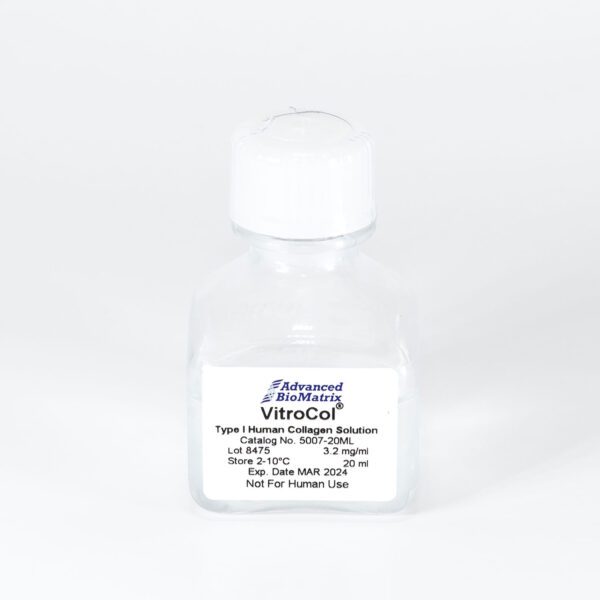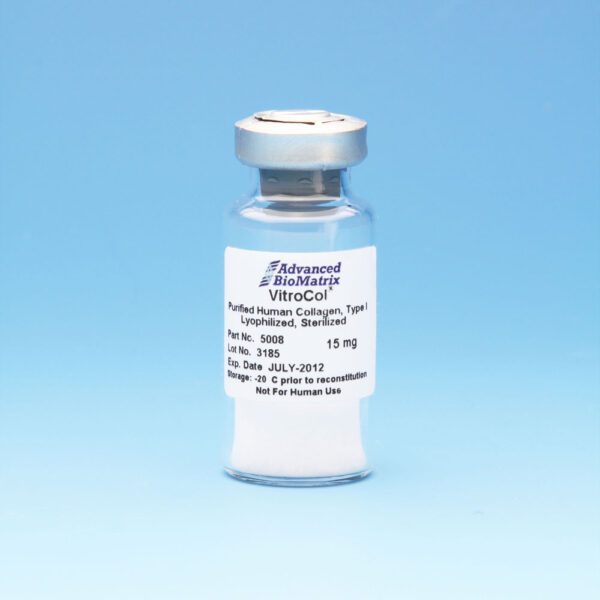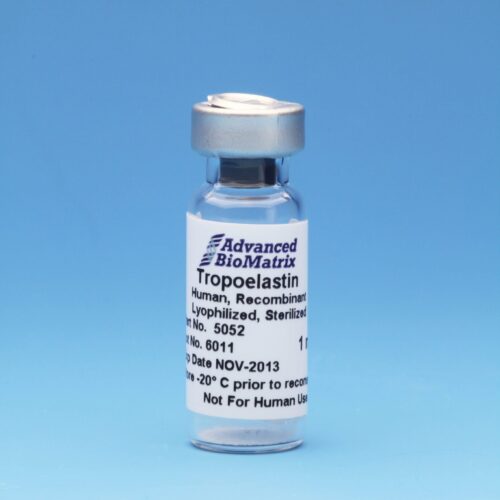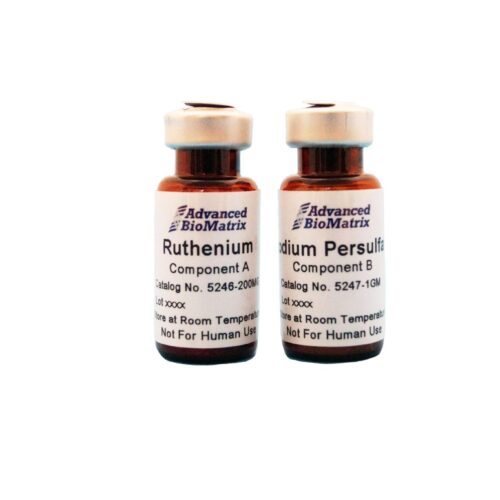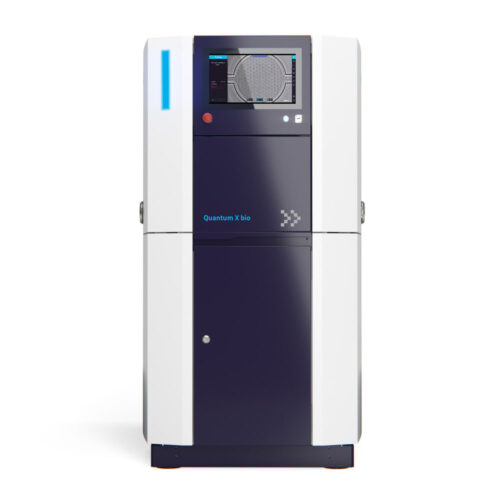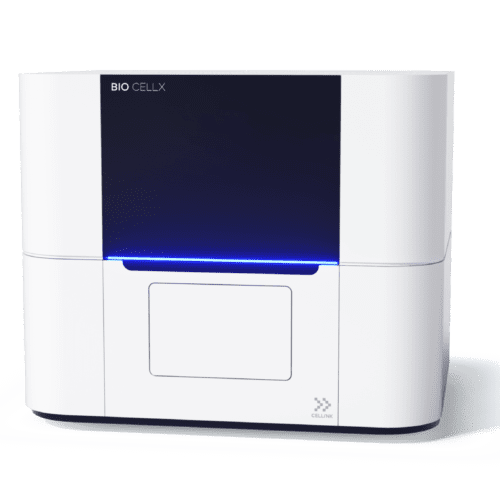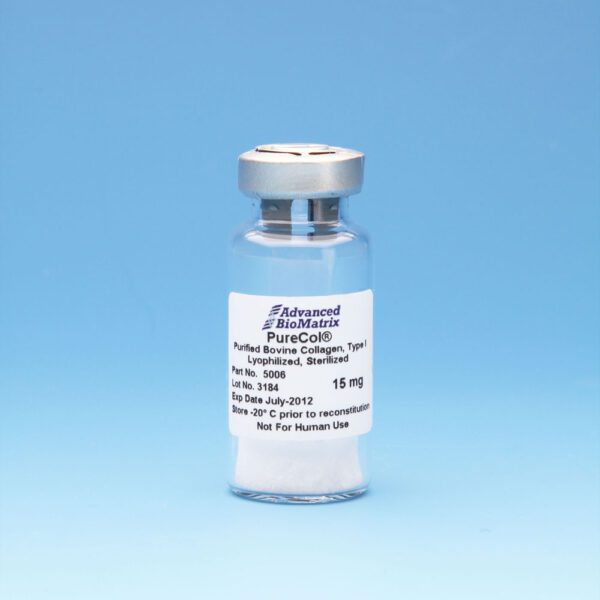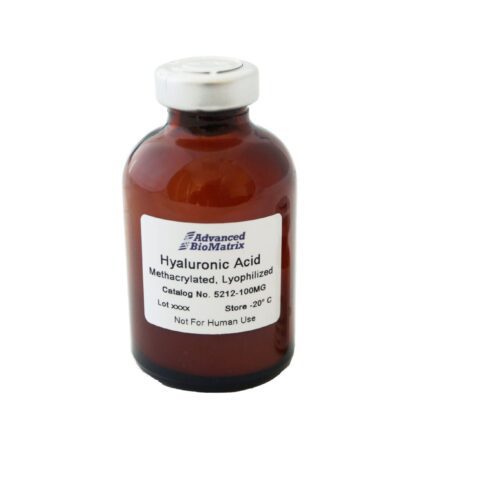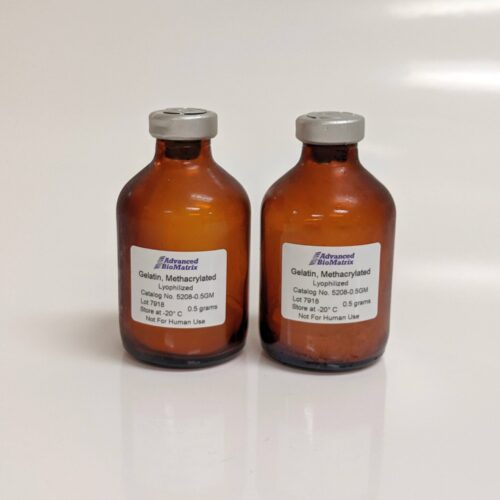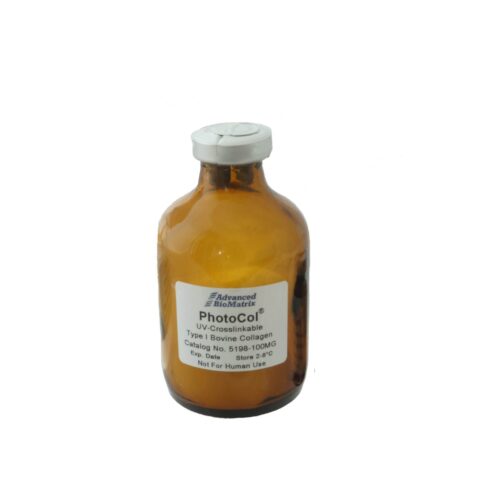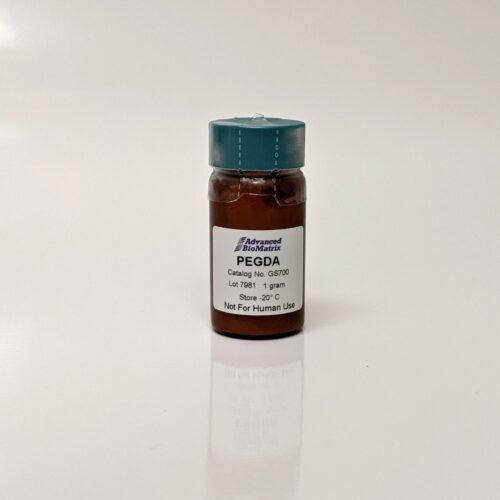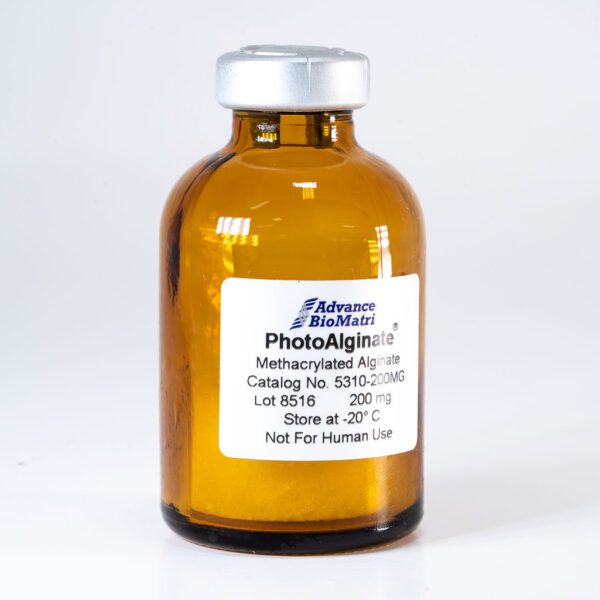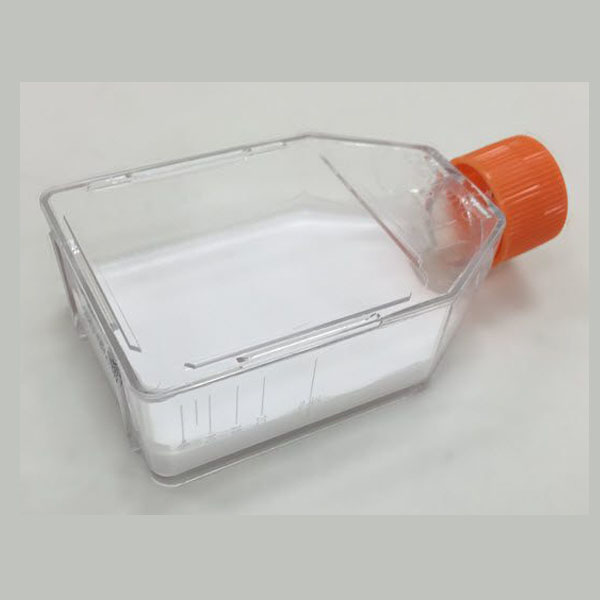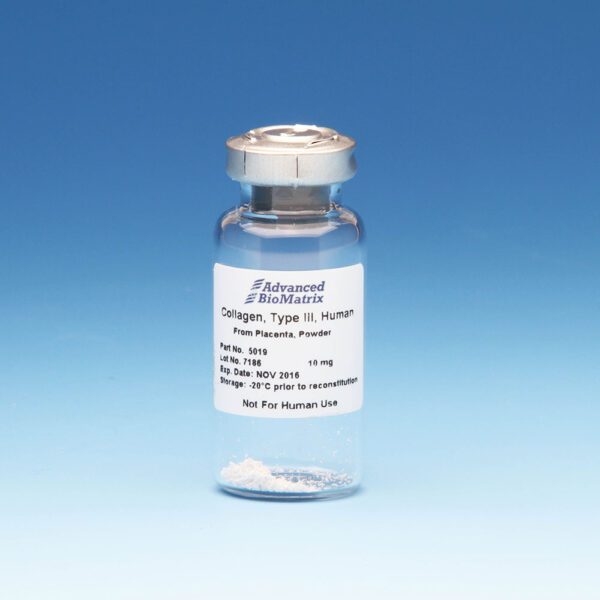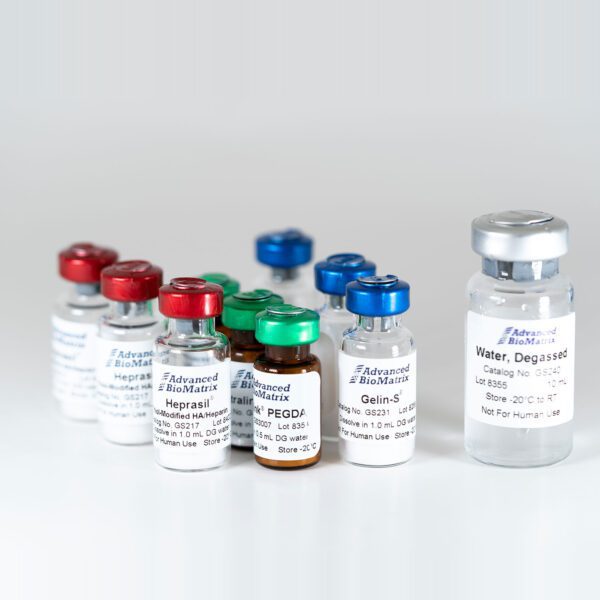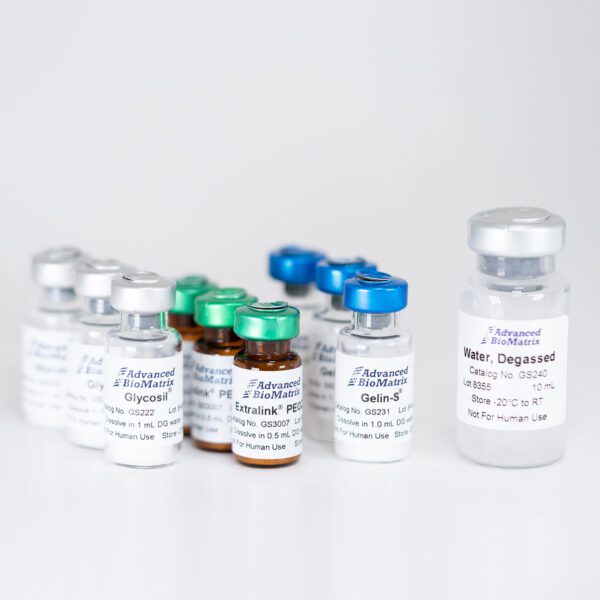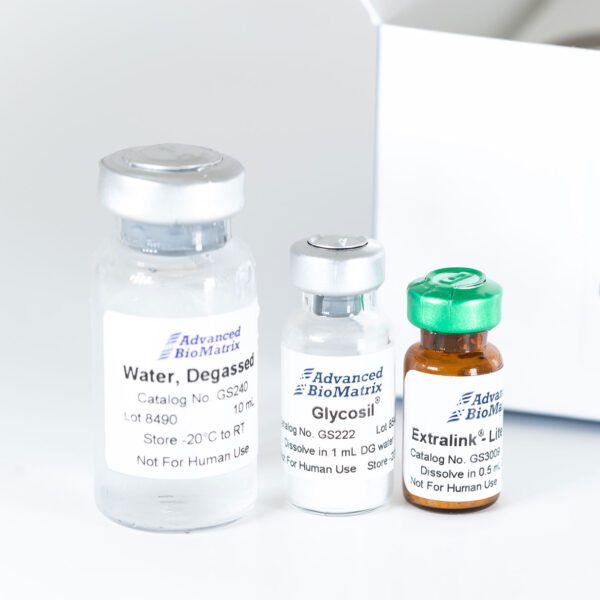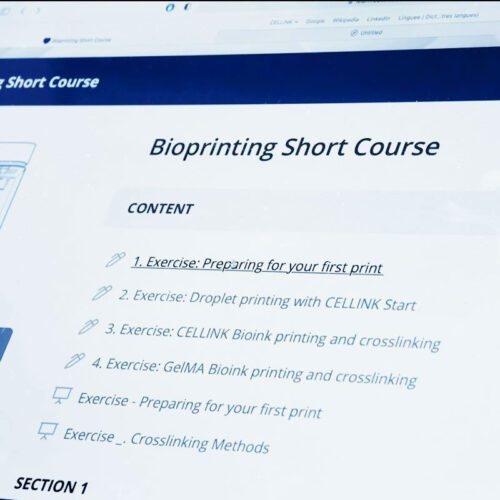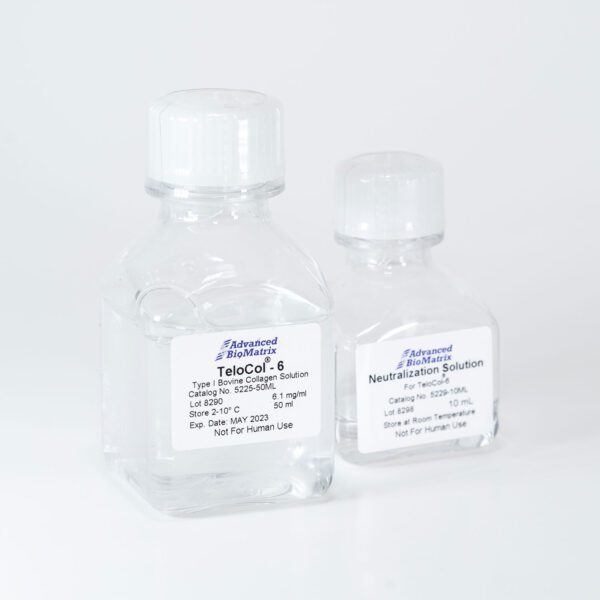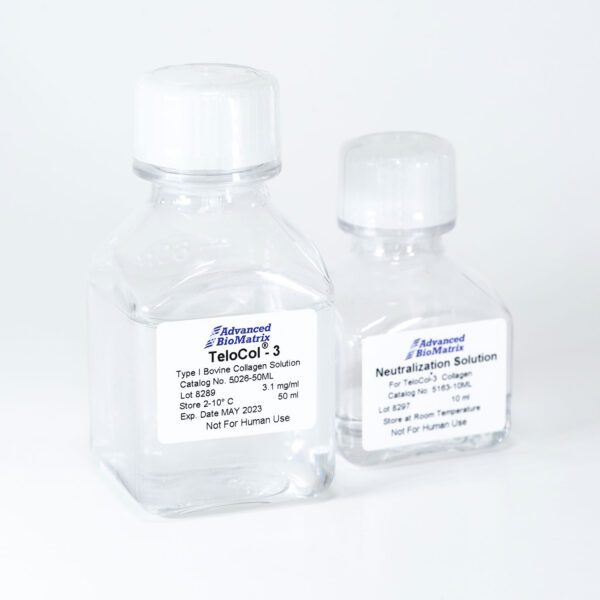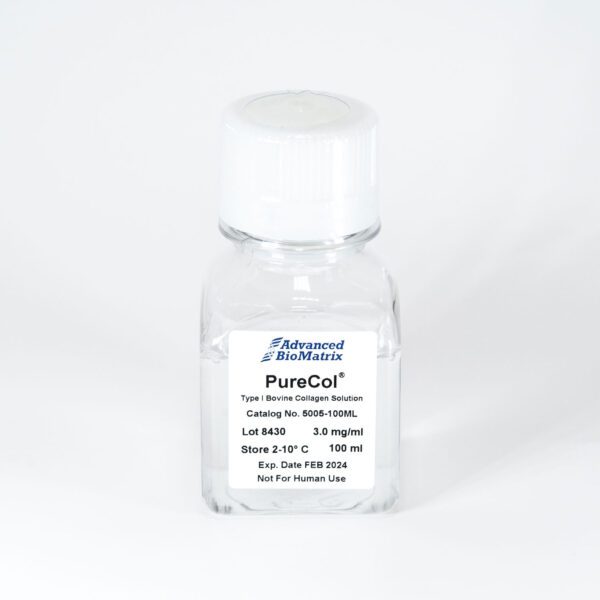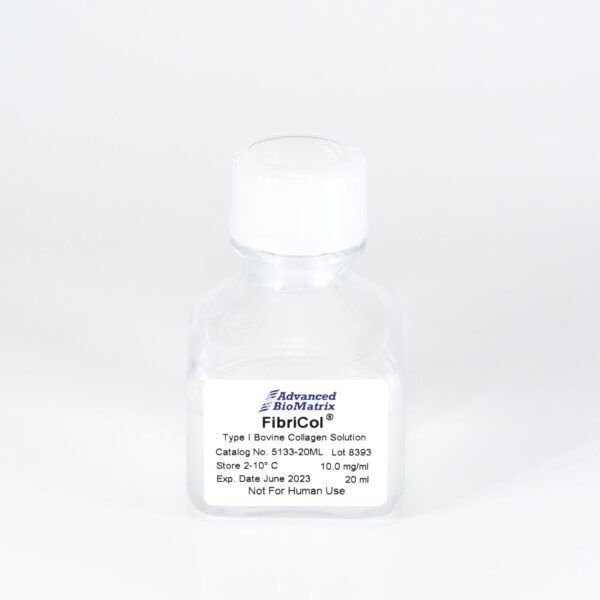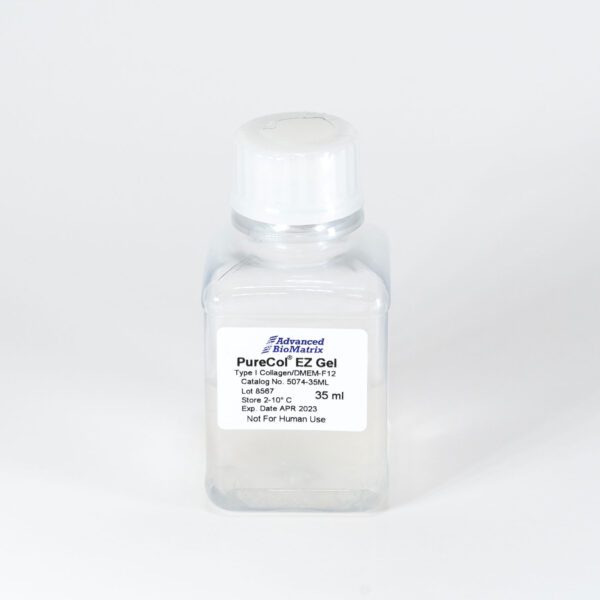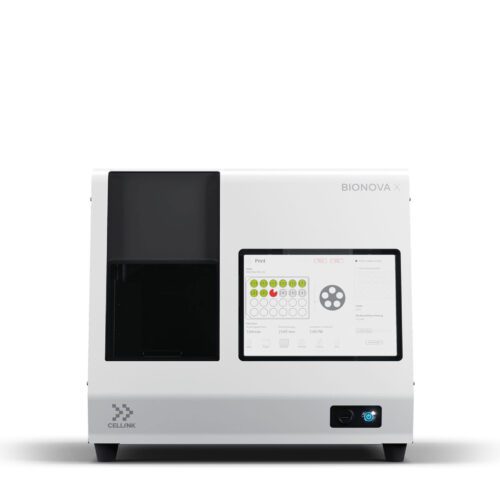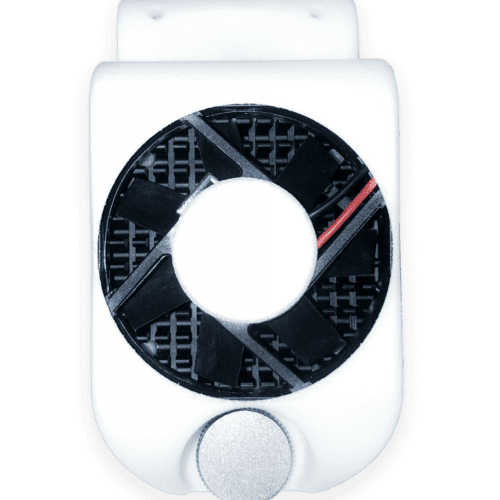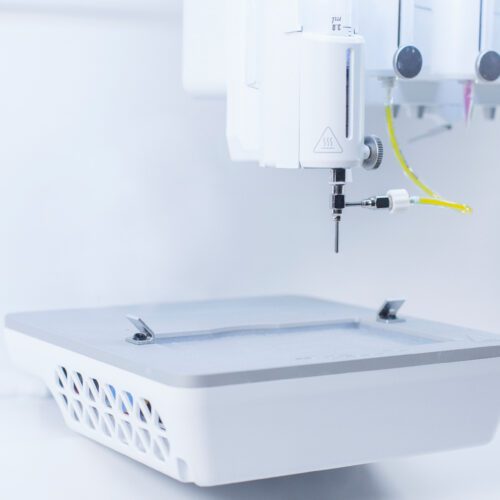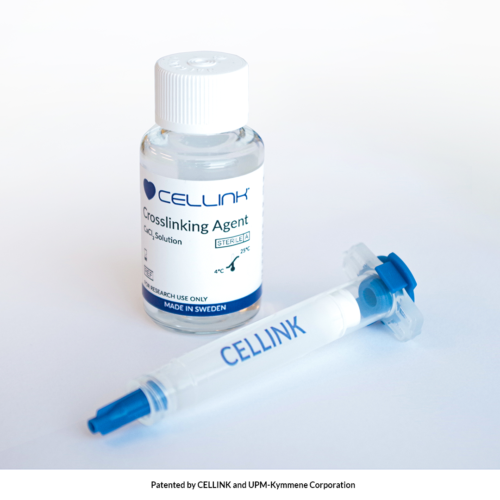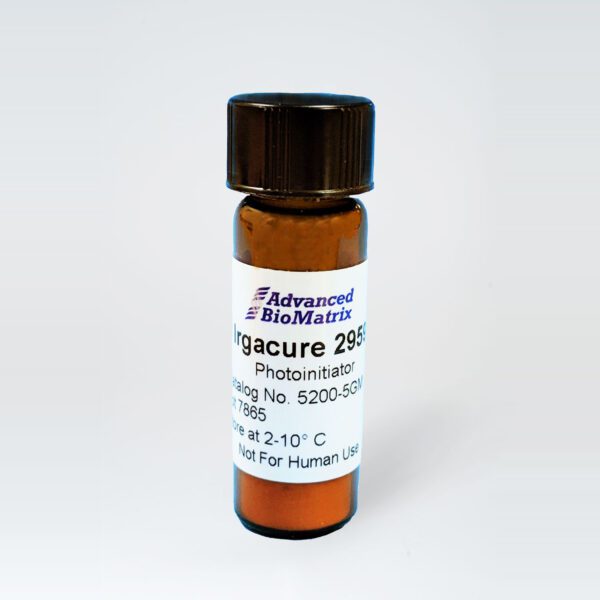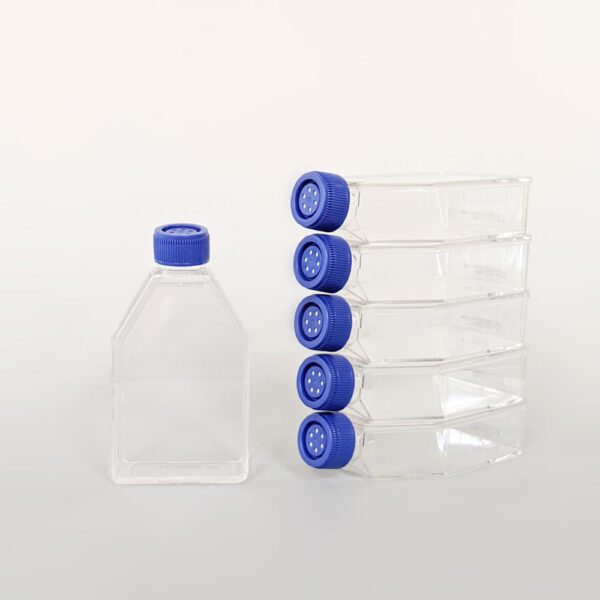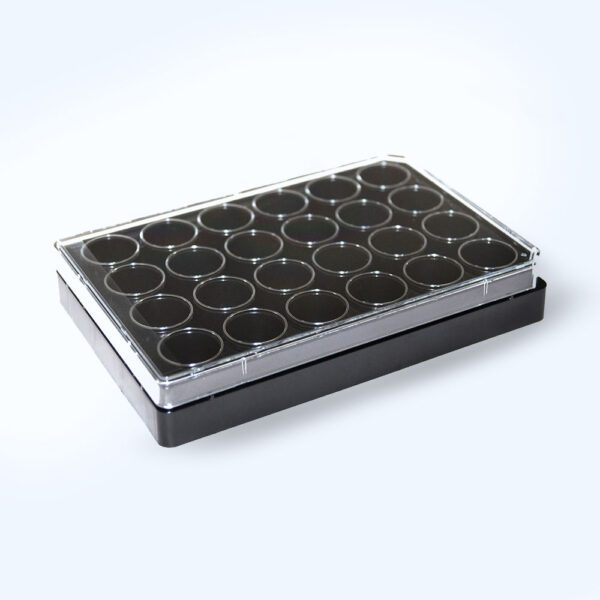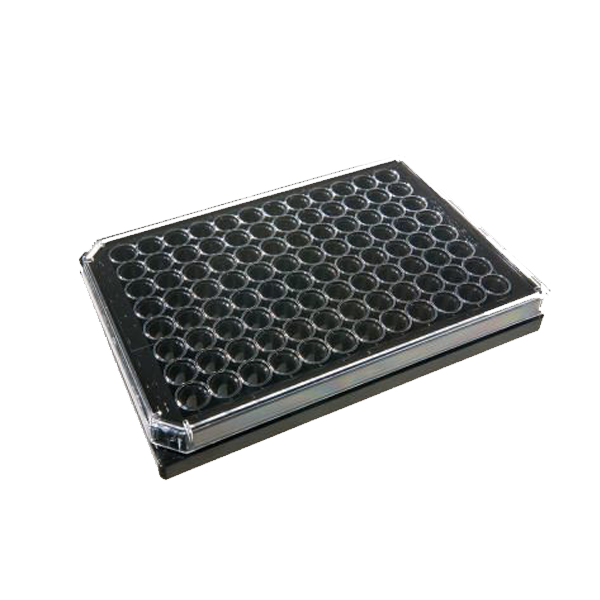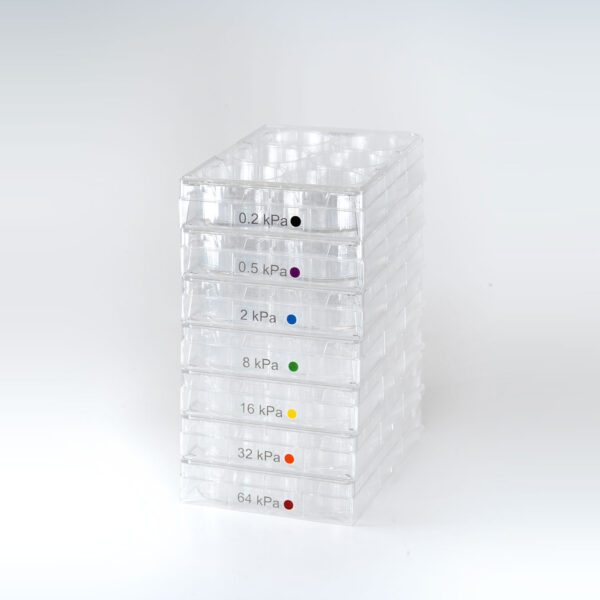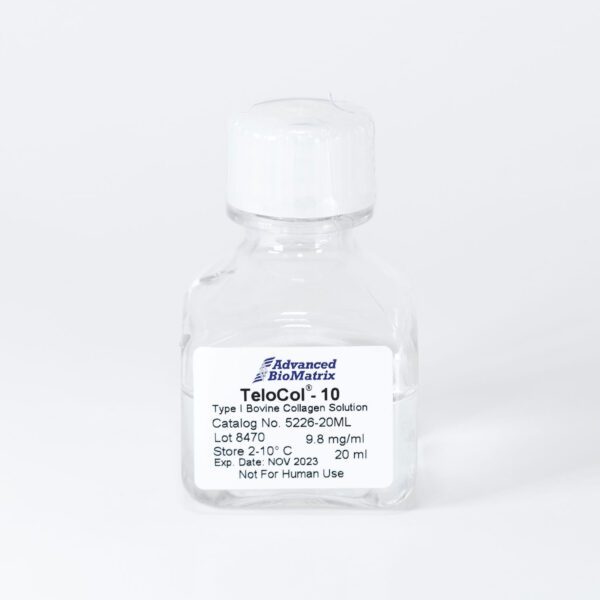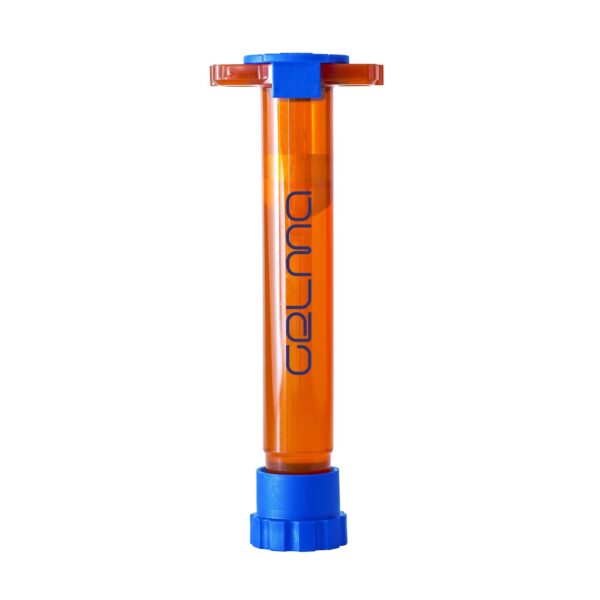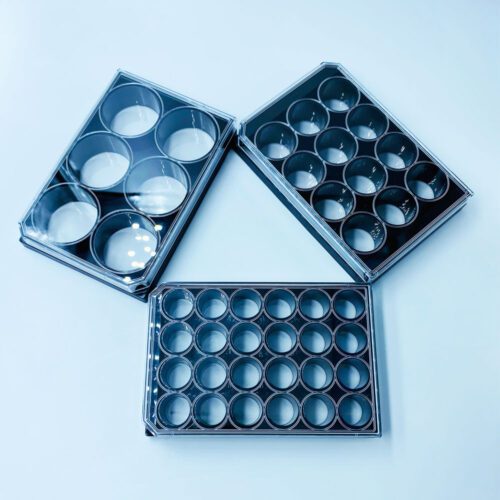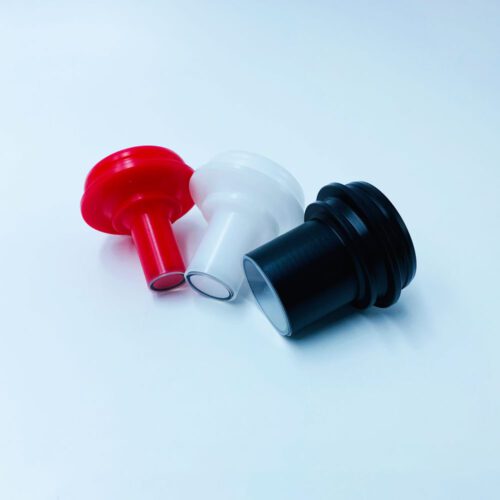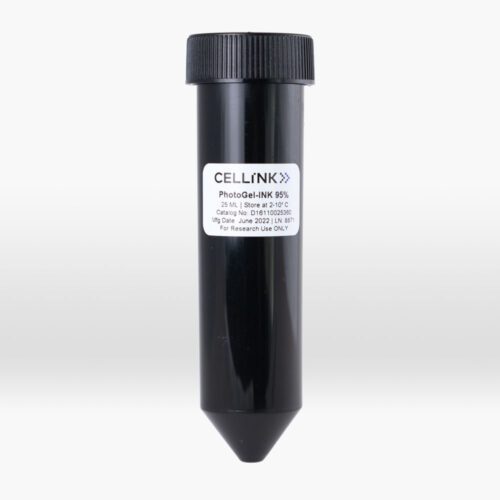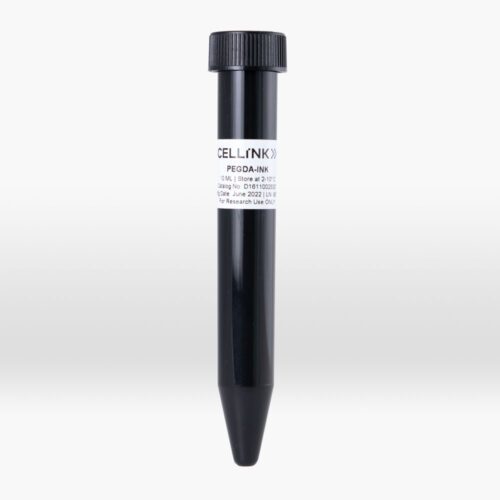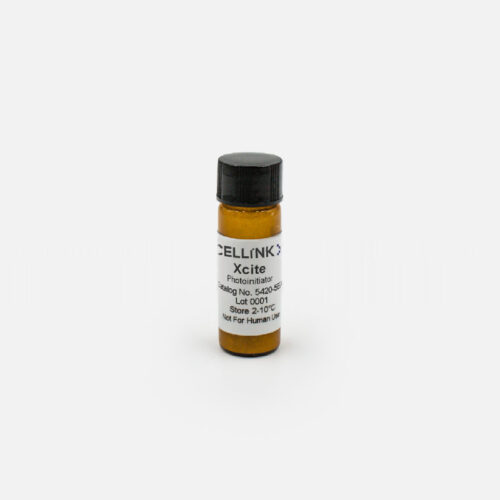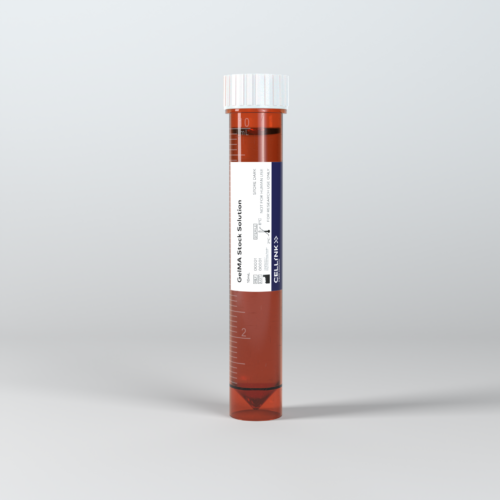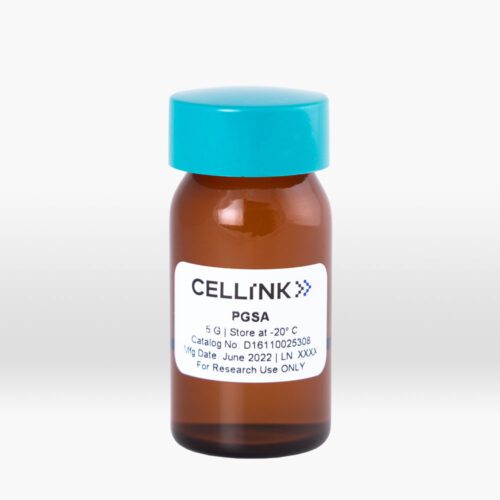Image Analysis can range from a simple task like reading a product barcode tag to an advanced face recognition technique. In science-based industries, image analysis involves extraction of meaningful information from digital images and it requires awareness of complex data types to process large chemical, genomic, proteomic and image data streams to generate a quantifiable information.
Image description, image understanding, pattern recognition, scene analysis, computer vision etc are few of the auto/semi-automatic techniques used to extract information during the process of image analytics. Computer algorithms play a crucial role in digital image processing. Defence, Traffic, Healthcare, Weather, Forensics, Machinery inspections, Automation are some of the disciplines where images analysis techniques are being utilized extensively. As evident in the following two examples using Dassault Systemes BIOVIA, Pipeline Pilot Suite of solutions, image analysis serves as diagnostic tool too, in addressing applications in biological sciences
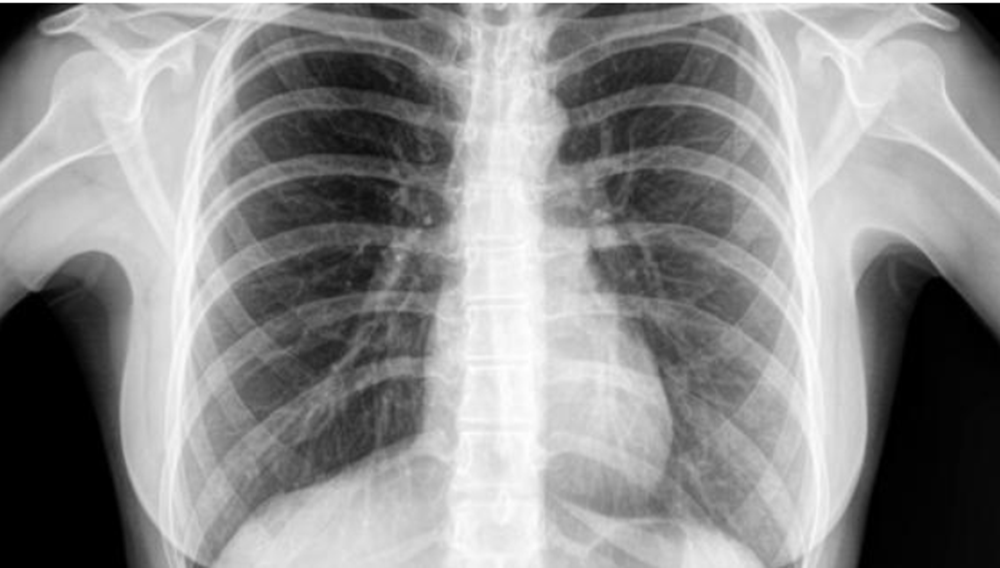
We all know that there is not enough COVID-19 testing capacity in the world to meet the stated testing targets. New technologies and approaches developed by researchers, enthusiasts, healthcare experts and scientists utilizing machine learning techniques may expand testing capacity and increase diagnostic technology and method options.
Dr. Anand Krishnamurthy – Sr. Manager at Dassault Systemes, India, from BIOVIA Life Science solution suite team, has developed an image recognition model using BIOVIA’s flagship product – Pipeline Pilot for analysing the Image data of frontal chest X-Ray to predict a patient infected with COVID-19 or not. The model is trained with 4800 images of normal patients and 455 Covid19 affected chest X-ray images.
The training of the models was achieved with a custom script that will run 4,000 training steps. Each step selects 10% images randomly from the training set, identifies their bottlenecks from the cache, and directs them into the final layer to generate predictions. Predictions are compared to the actual labels to update the weights of the final layer via the back-propagation process Accuracy improves as the process evolves. After all the steps are complete, a final test accuracy evaluation is conducted on a separate series of images.
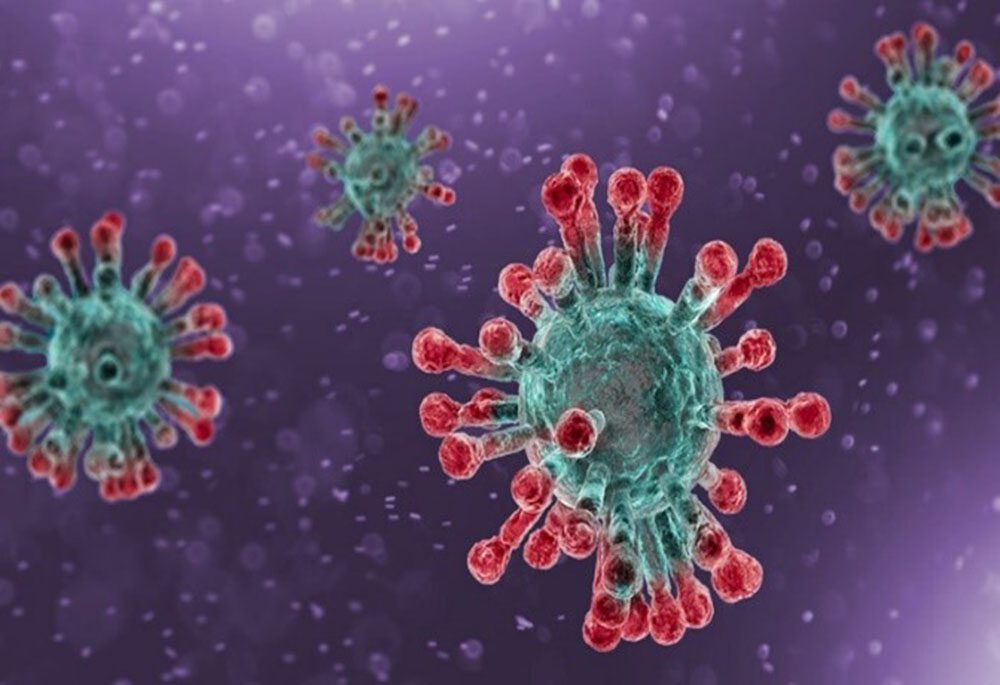
This script is a deep learning convolutional neural network model. The beauty of the program is that it takes multiple inputs at the same time, pre-process images sets its size in an optimized square dimension before creating a convolutional layer. Following this model and its predictions are tuned to set a threshold score for the prediction, which agrees with tis accuracy of prediction. The automatic COVID-19 detector from frontal chest X-rays has an accuracy of above 95%
Extending its applications further into Life Science, Image analysis can also be used monitor plant health in the cialico.com farms. We all know that to meet the growing population demand, there is a continued pressure to enhance the agricultural productivity. To improve the disease control, rapid advances in the science of plant pathology are need of the day. Image processing technologies can provide a remote access information to farmers regarding plant disease, soil health, fruit quality, weed detection, nutrient management and can bring drastic improvement in decision making process.

Often colour stands out as an important narrator in quantifying an insect infection in plants. Pathogenic attack on the plants results in degradation of chlorophyll pigments in leaves which results in discolouration patches on the leaves. Agriculture researchers aid to develop pest resistant varieties and diagnosing the disease through image analysis of leaves helps the researchers to quantify the extent of infection on a variety of plant parts.
Pipeline Pilot helps in life science research, chemistry, materials, electronics, energy, consumer packaged goods, pharmaceuticals, aero-space, academic and government research. Functional areas include Chemistry, Biology, Analytics & Machine Learning, Imaging, Document Search & Analysis, Laboratory Analytics.
Biologically-relevant data comes in a variety of forms: next generation sequencing (NGS), gene expression, mass spectrometry, sequence data and more. As a result, tools which process these types of data require deep technical knowledge of both data science and biology to derive value.
Machine learning solutions often requires complex software architectures and deep statistical knowledge. With the Analytics and Machine Learning Collection, developers and end users alike can incorporate the latest machine learning techniques to their workflows with just a few clicks. No coding required.
The Lab Analytics Collection provides a data model for plate based data within BIOVIA Pipeline Pilot. It streamlines analytical data workflows, generates reports, manages plate data and shares results enterprise-wide.
For more information on image analysis, please click BIOVIA PIPELINE PILOT or write to us at enquiry@altem.com
Publication Date : June, 2020
